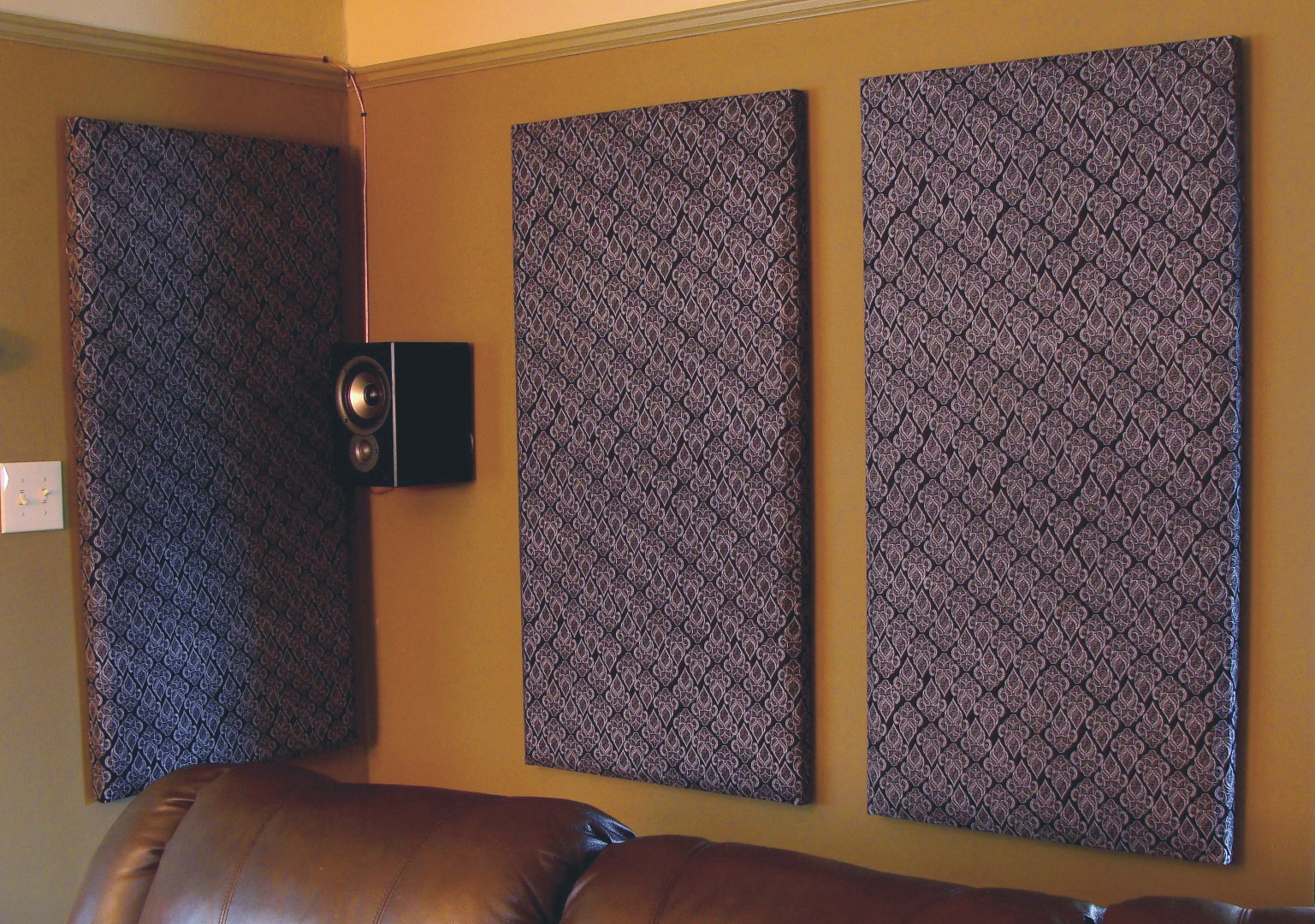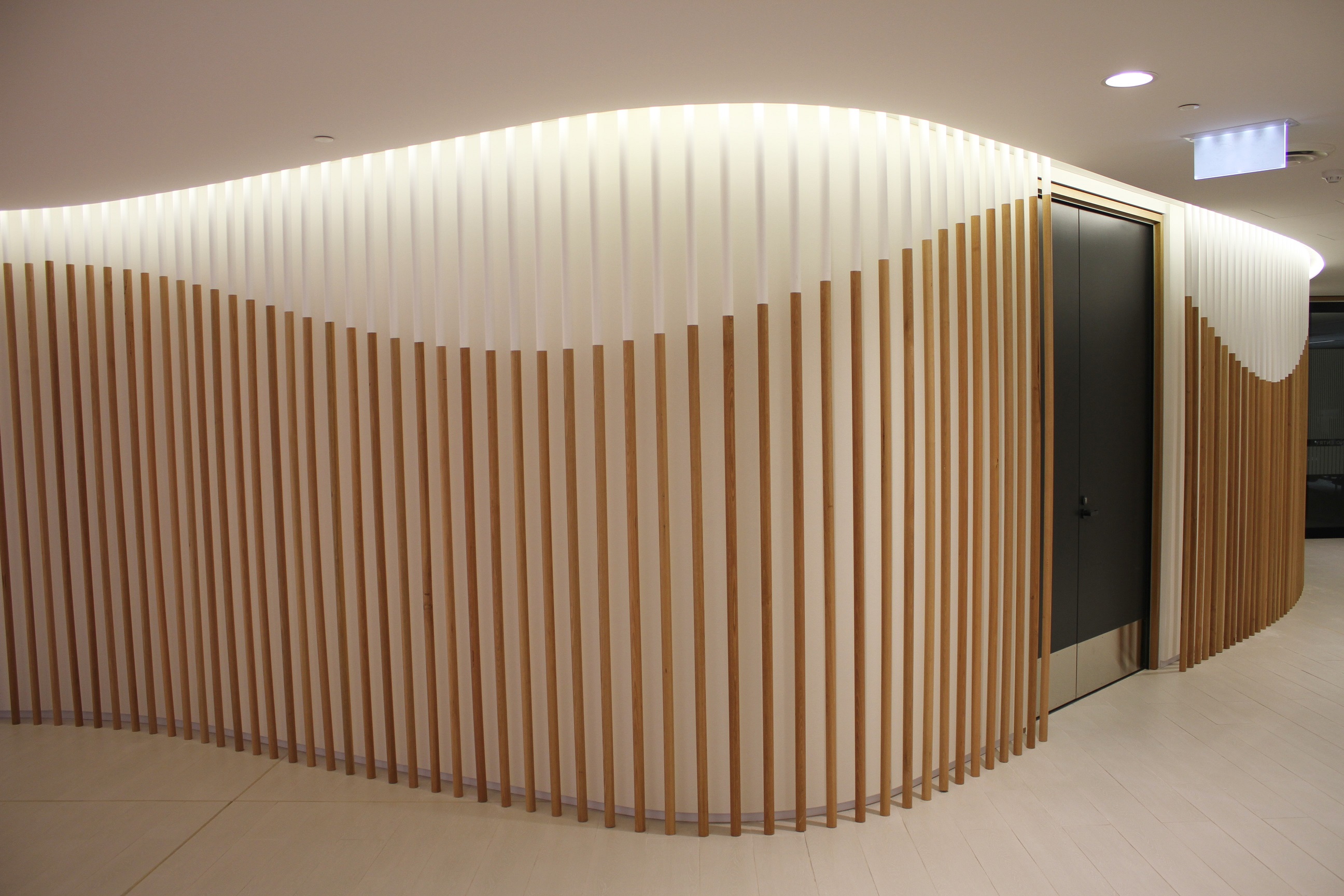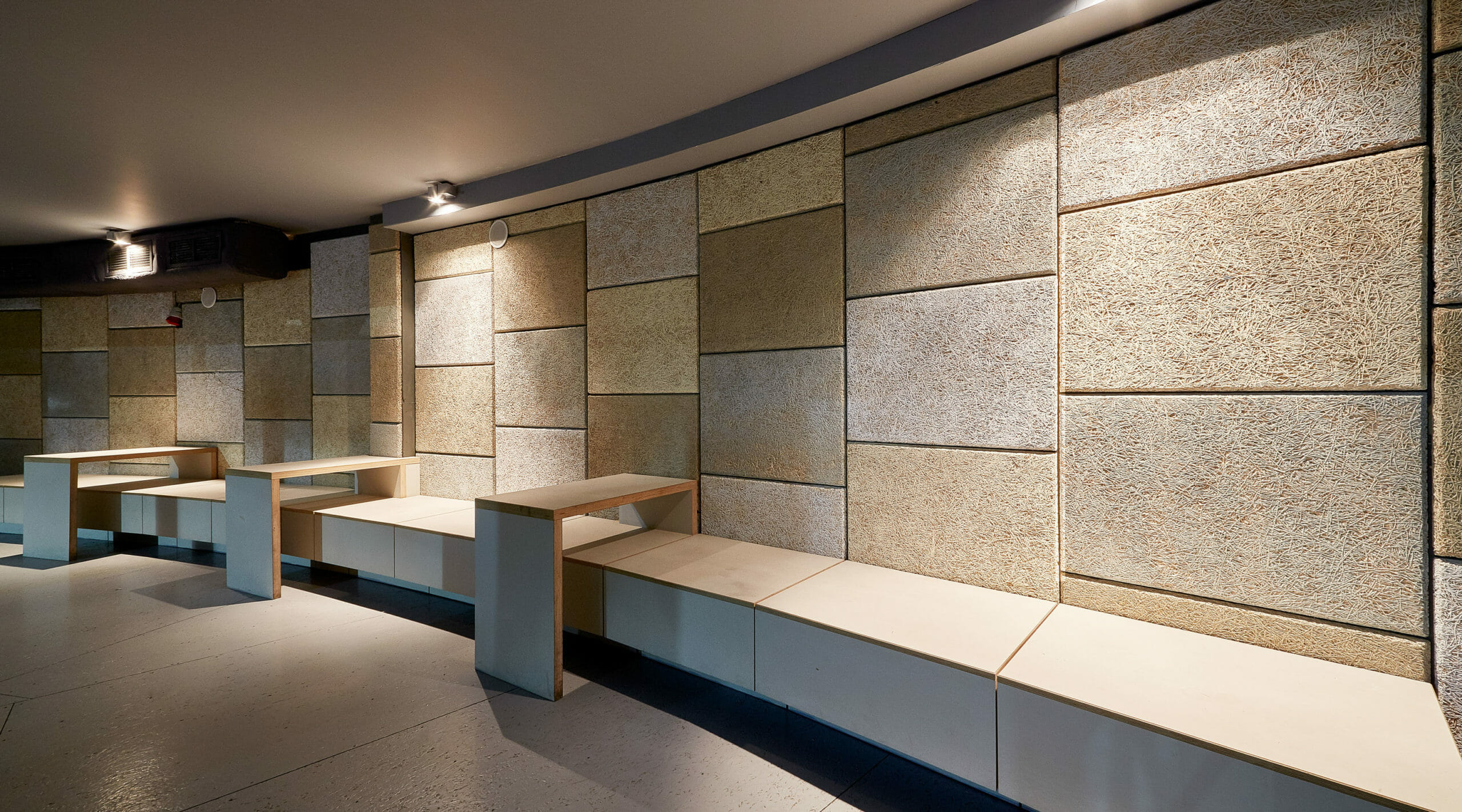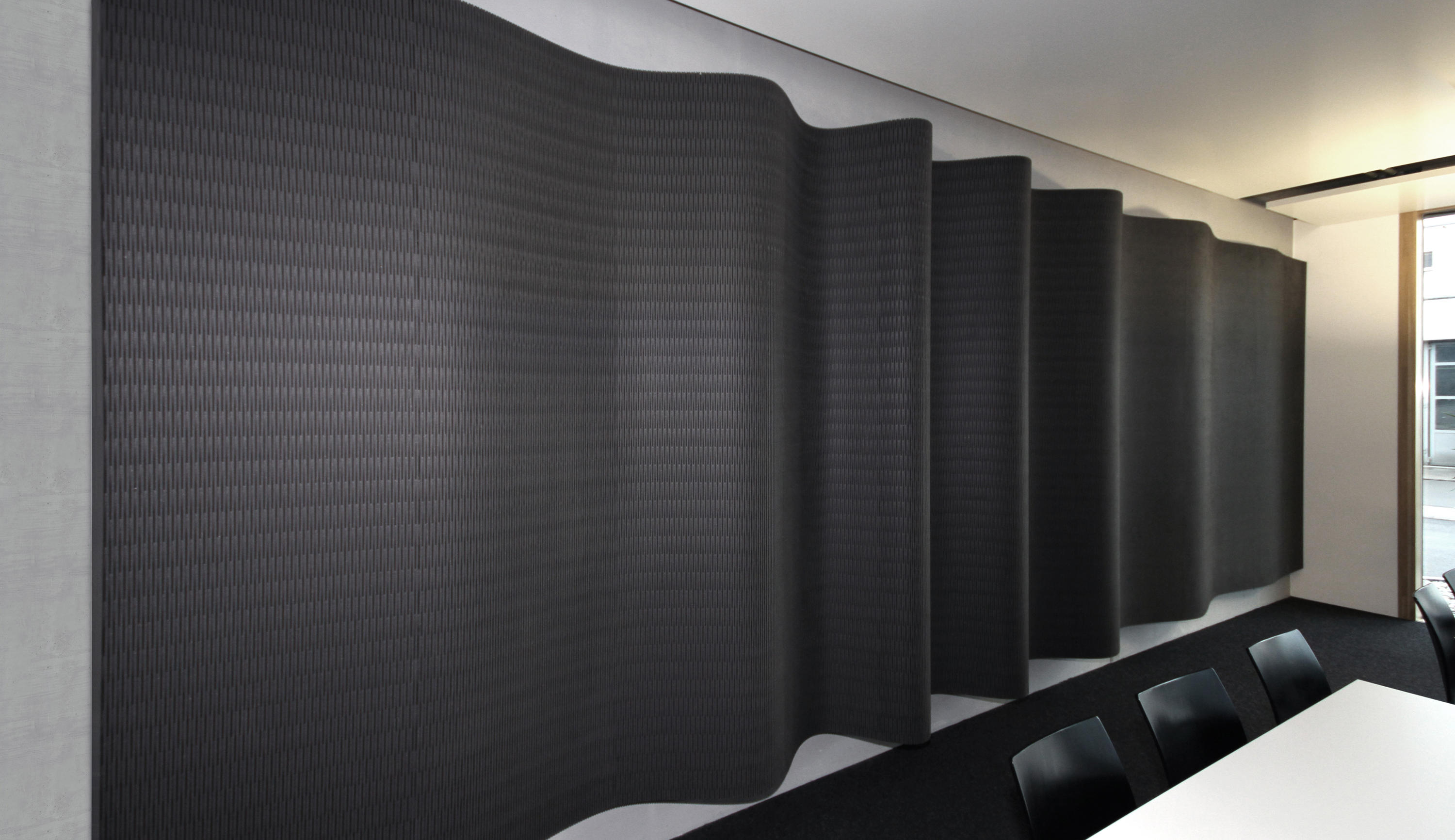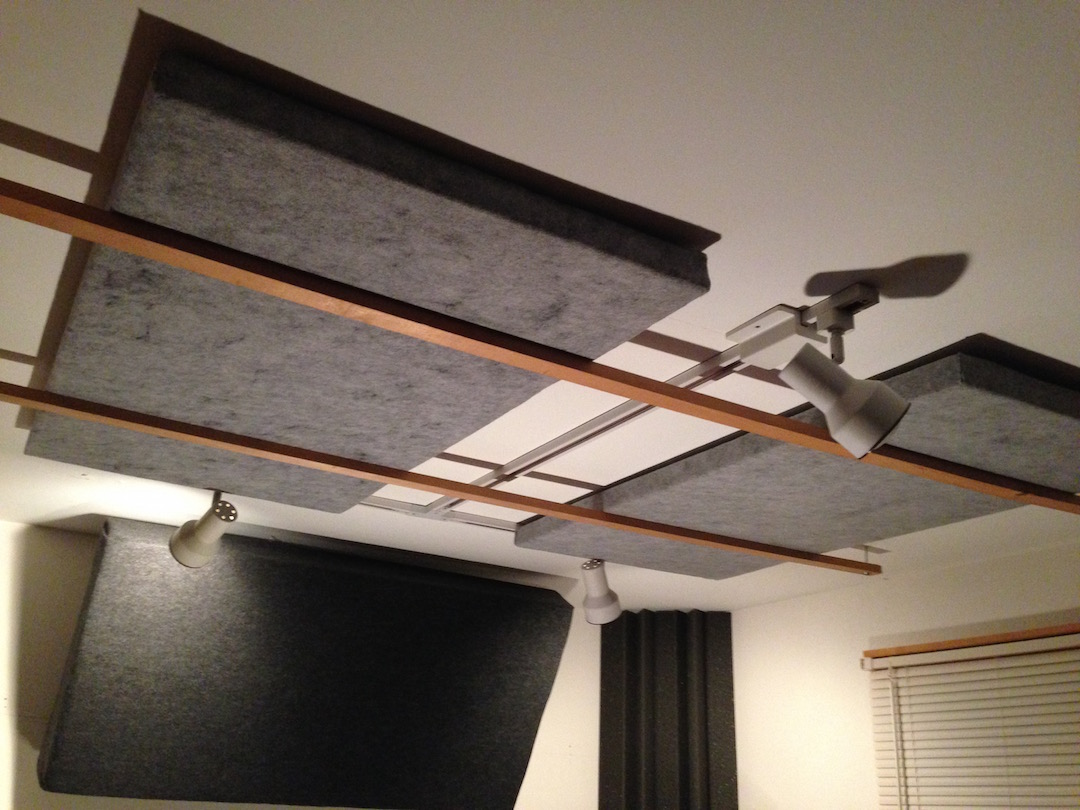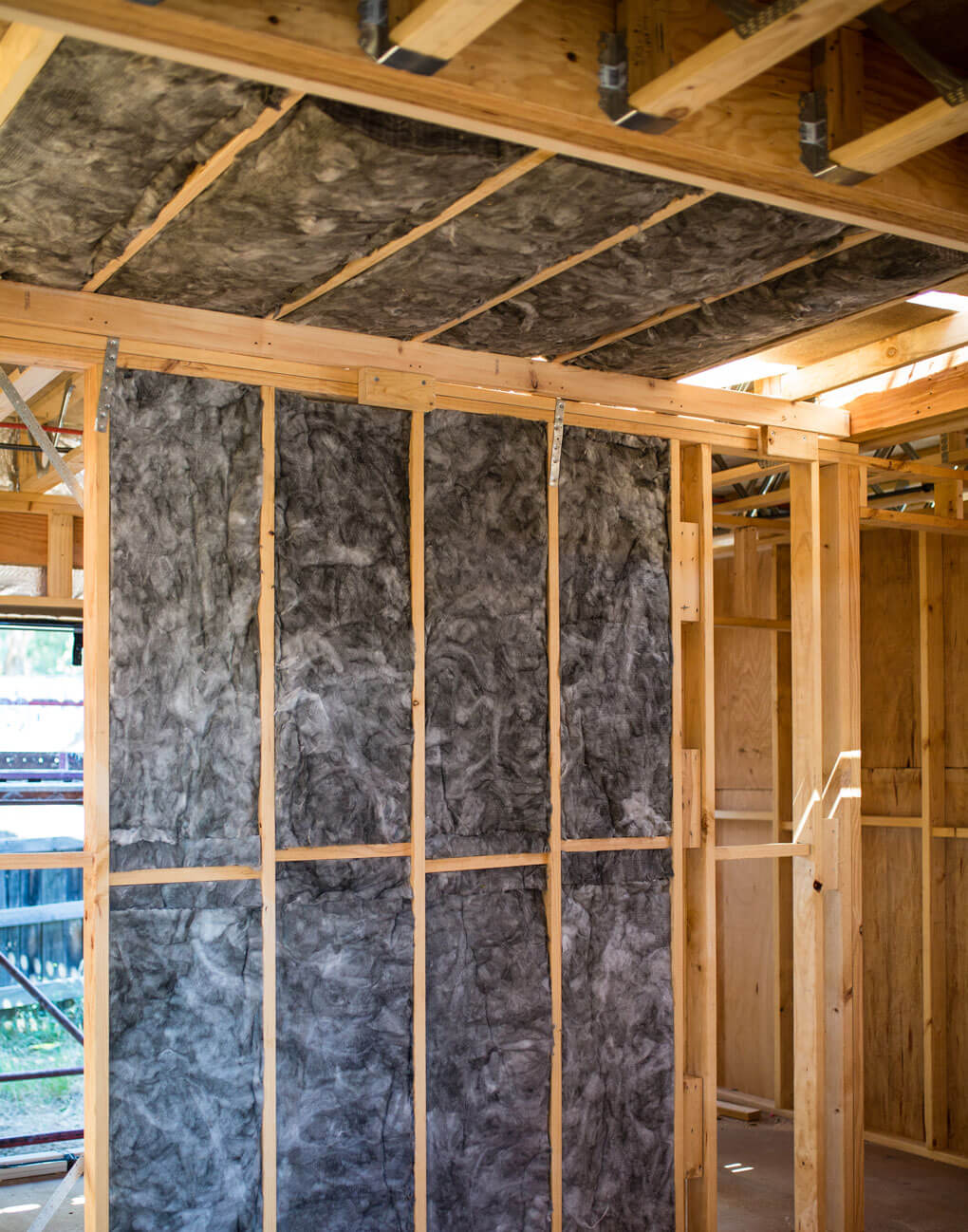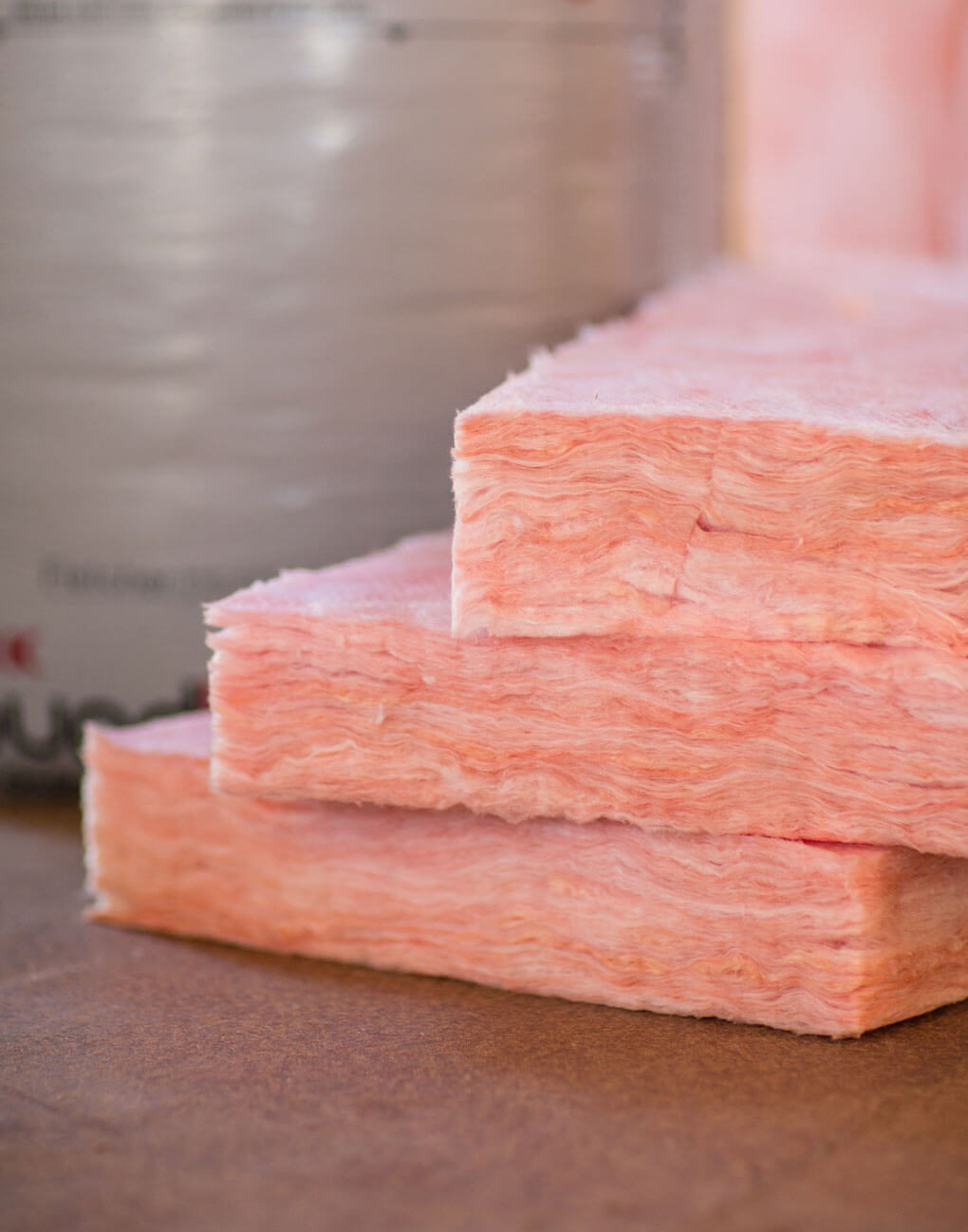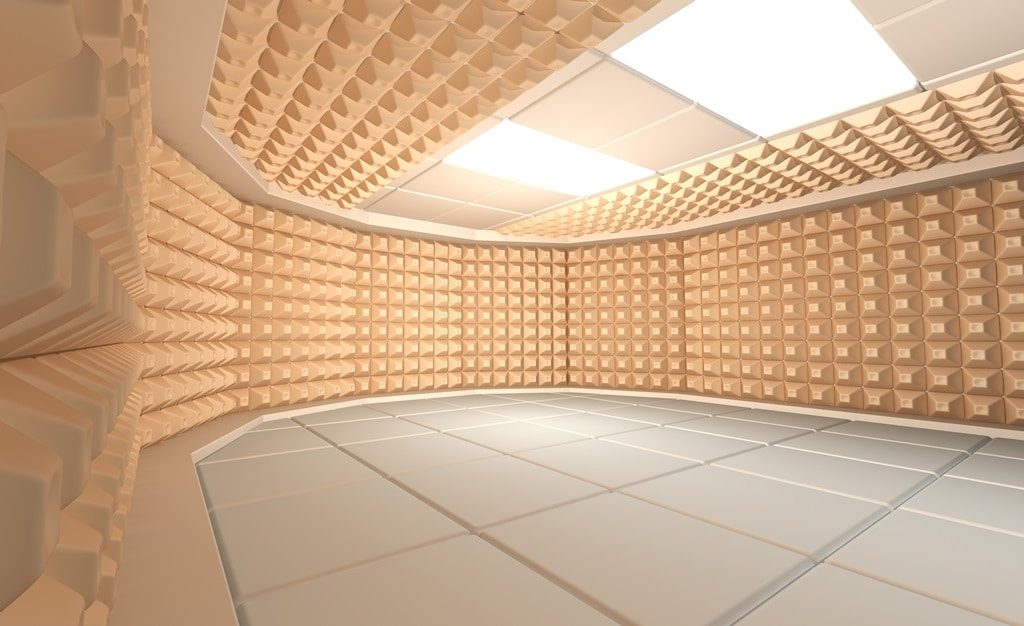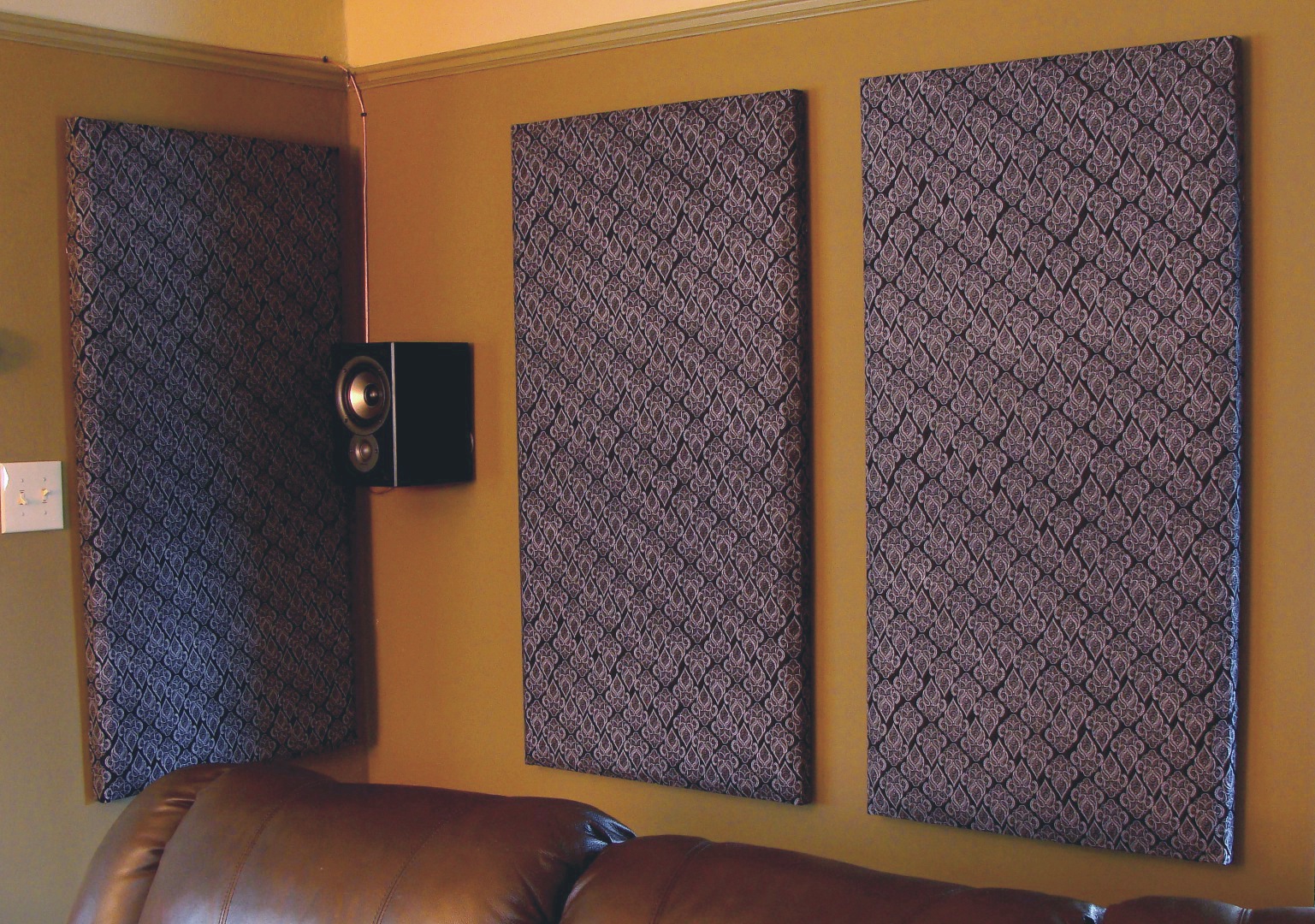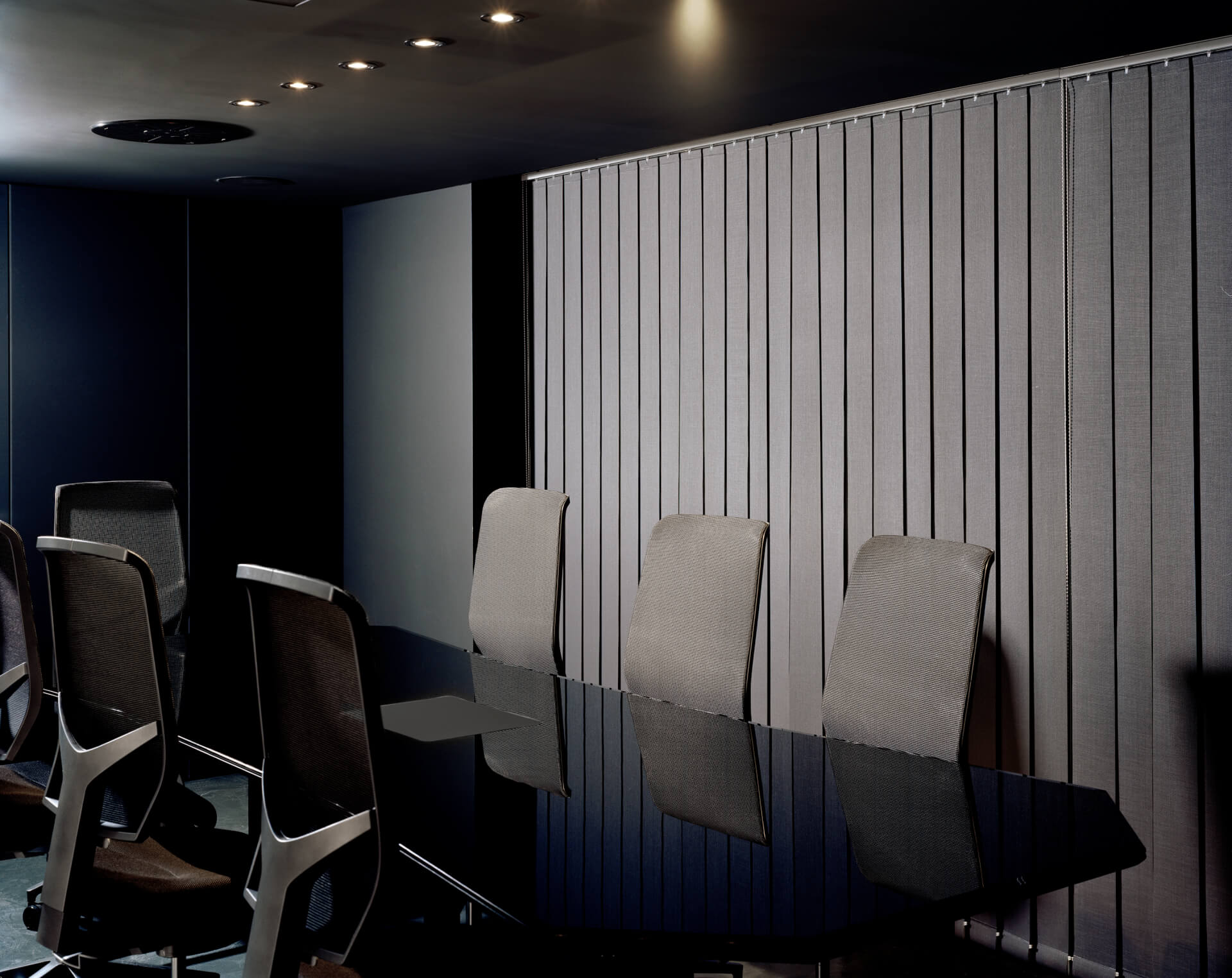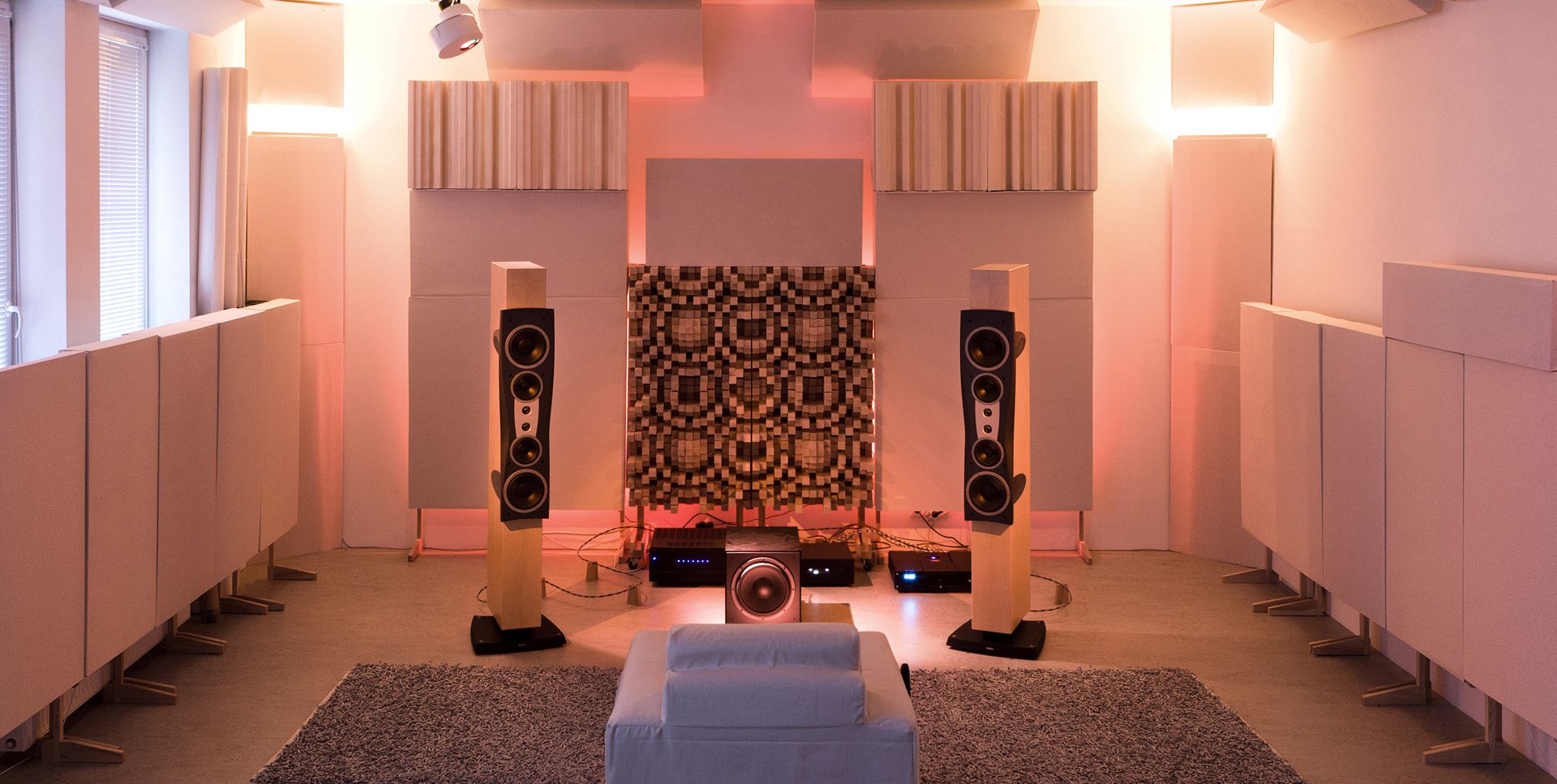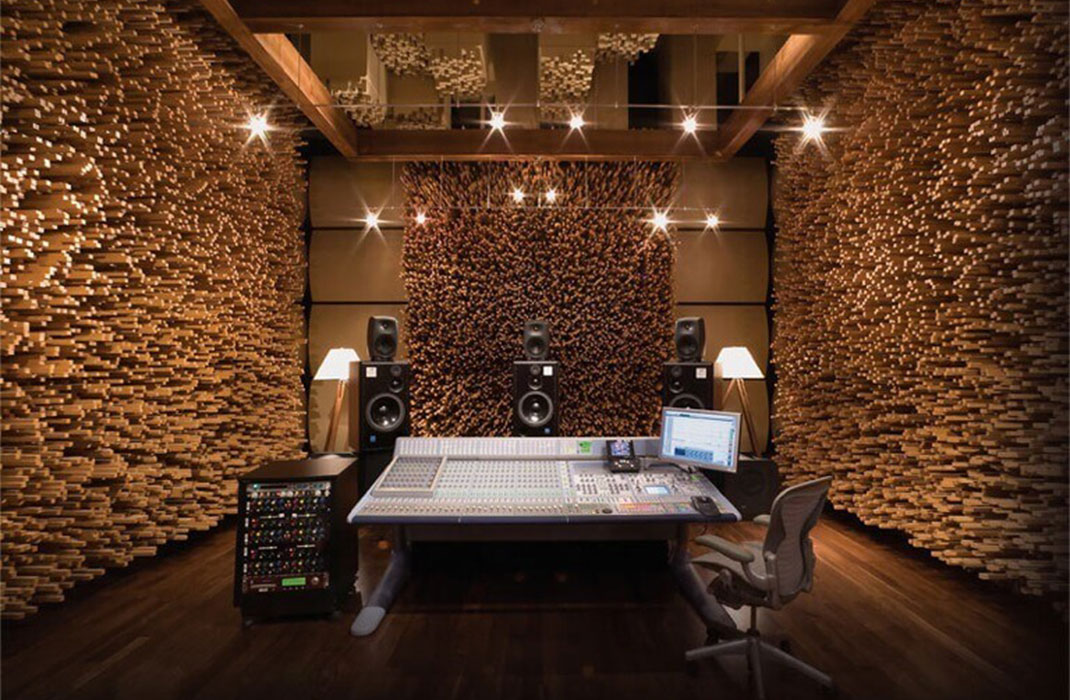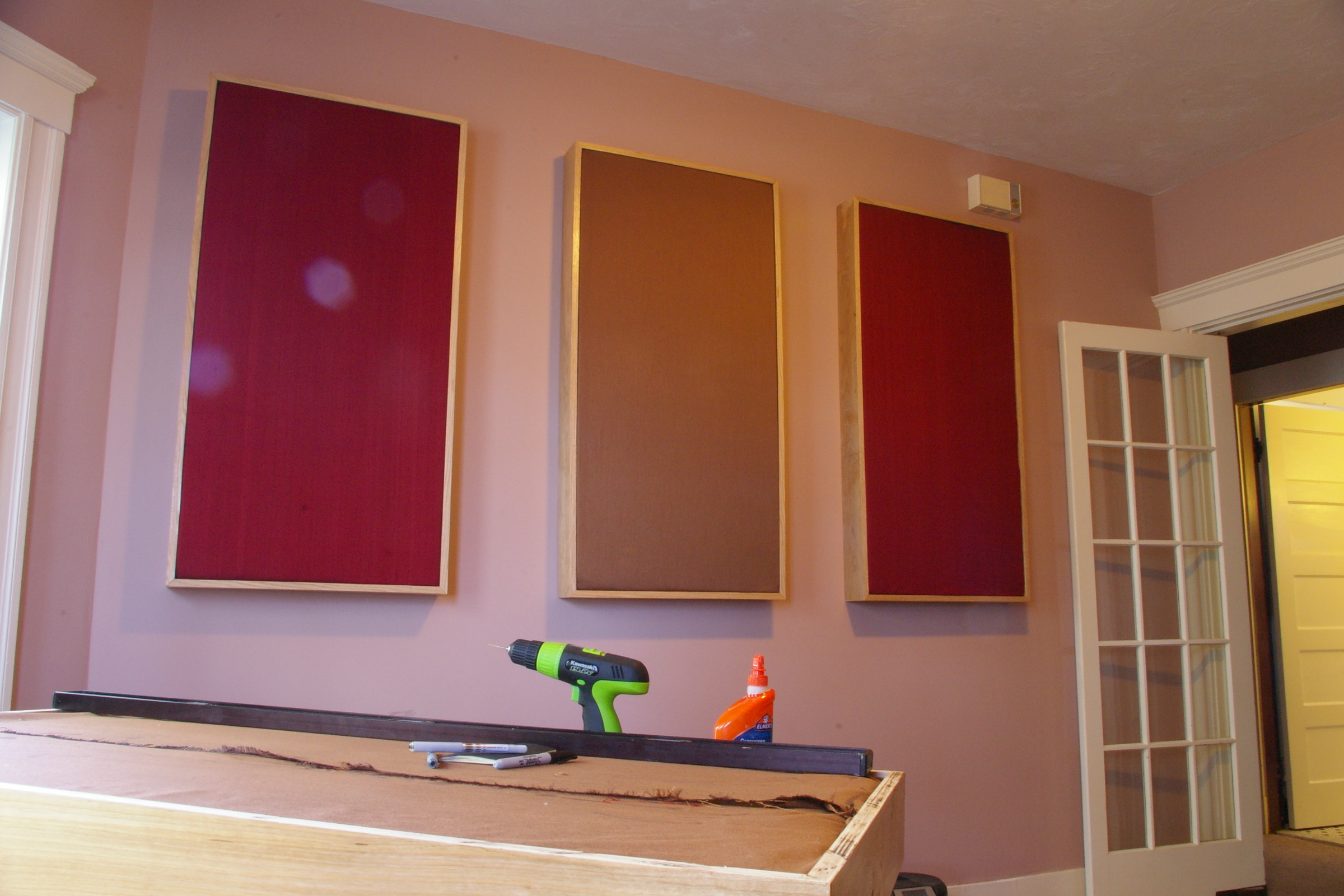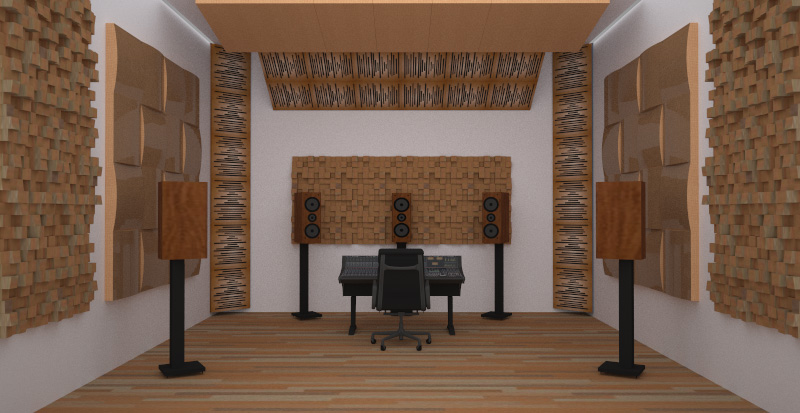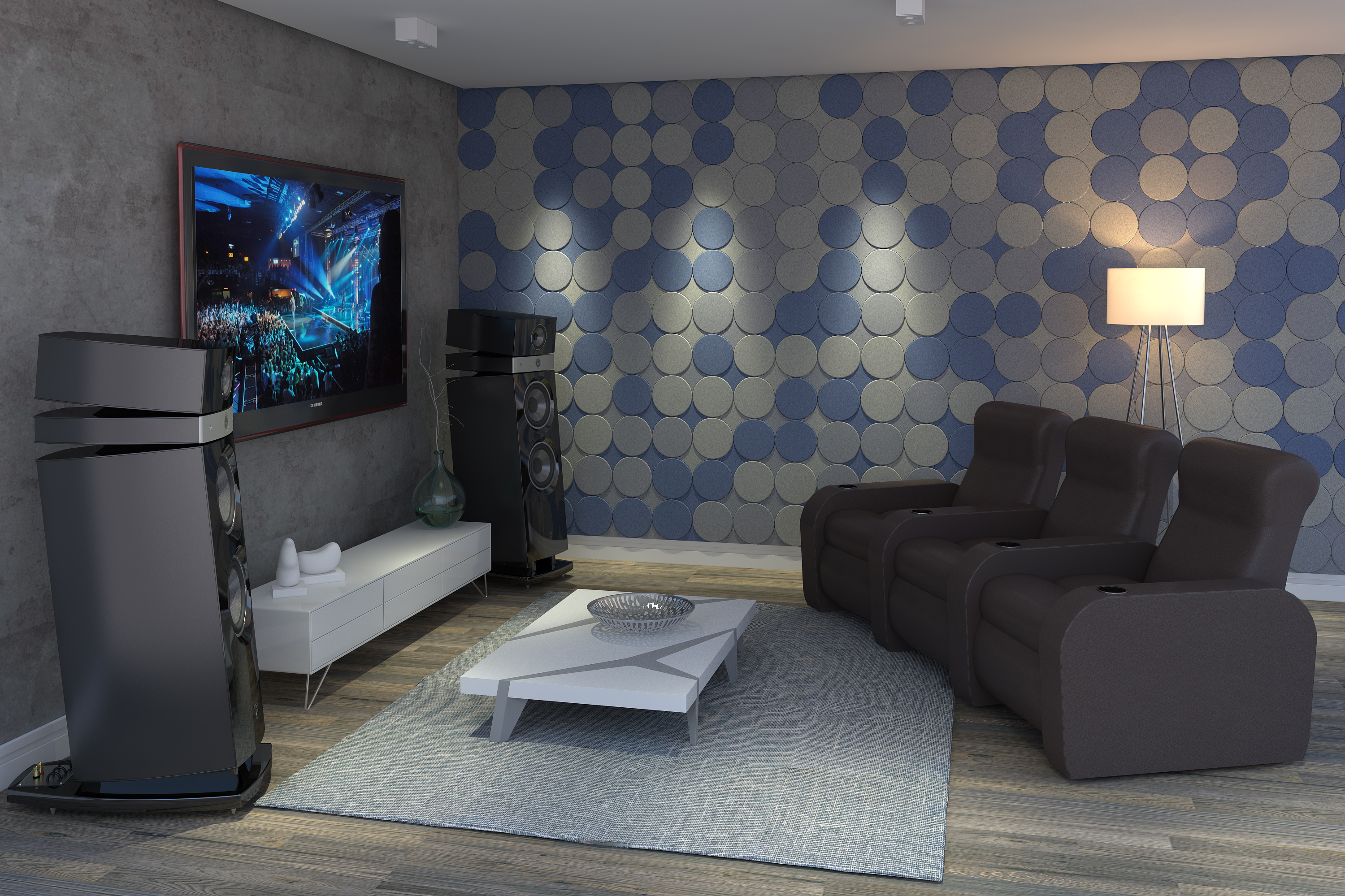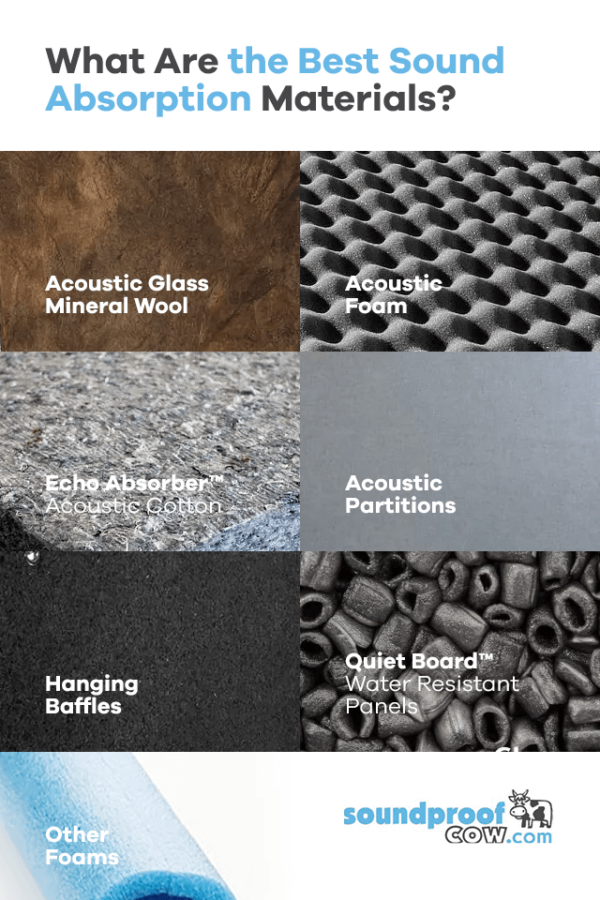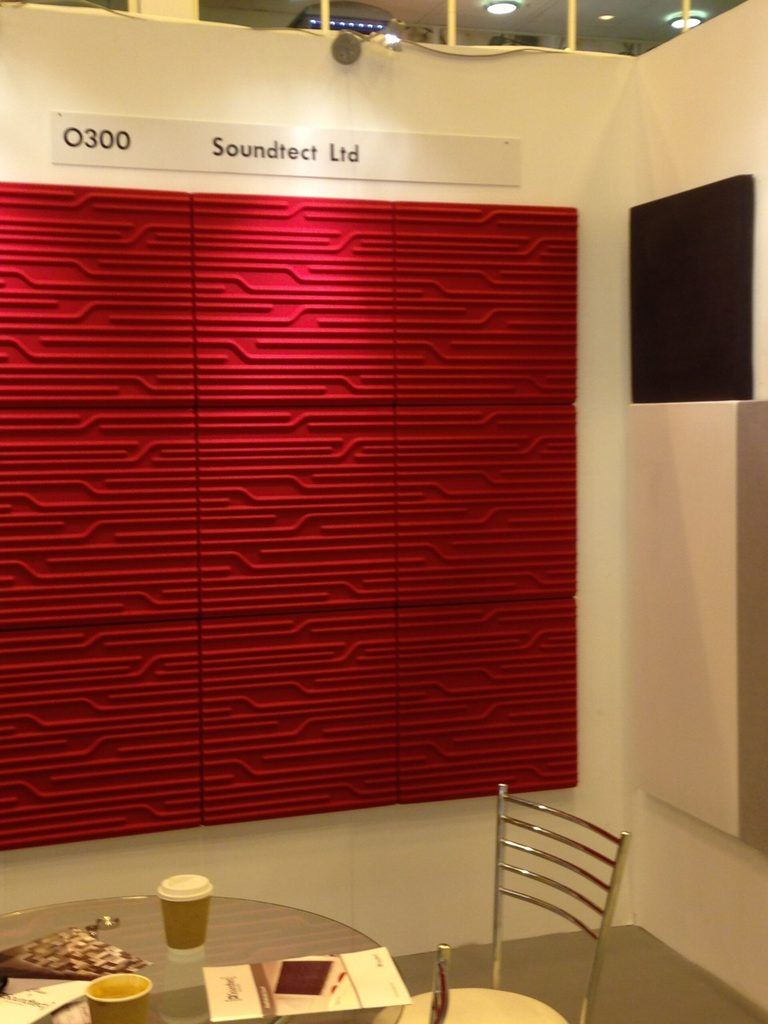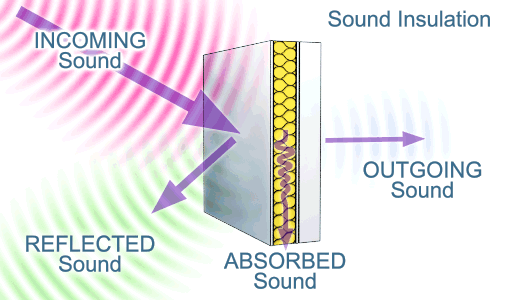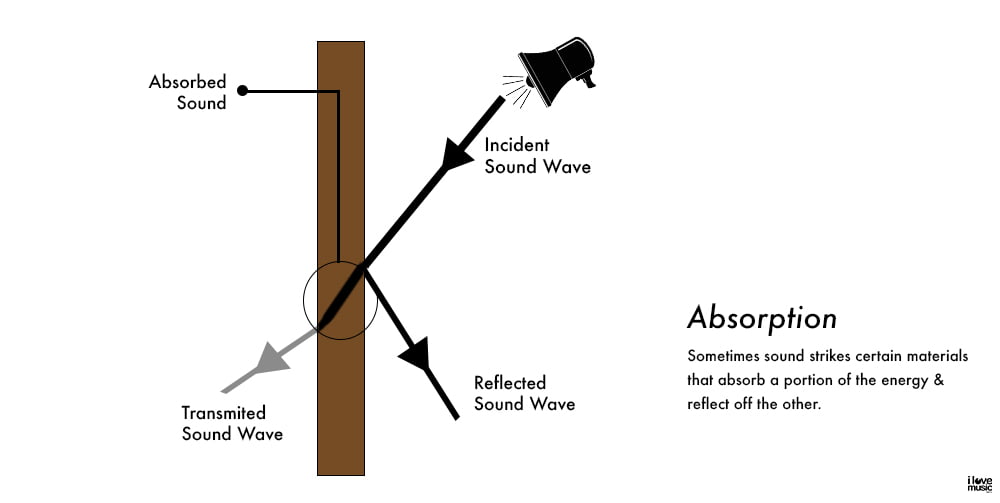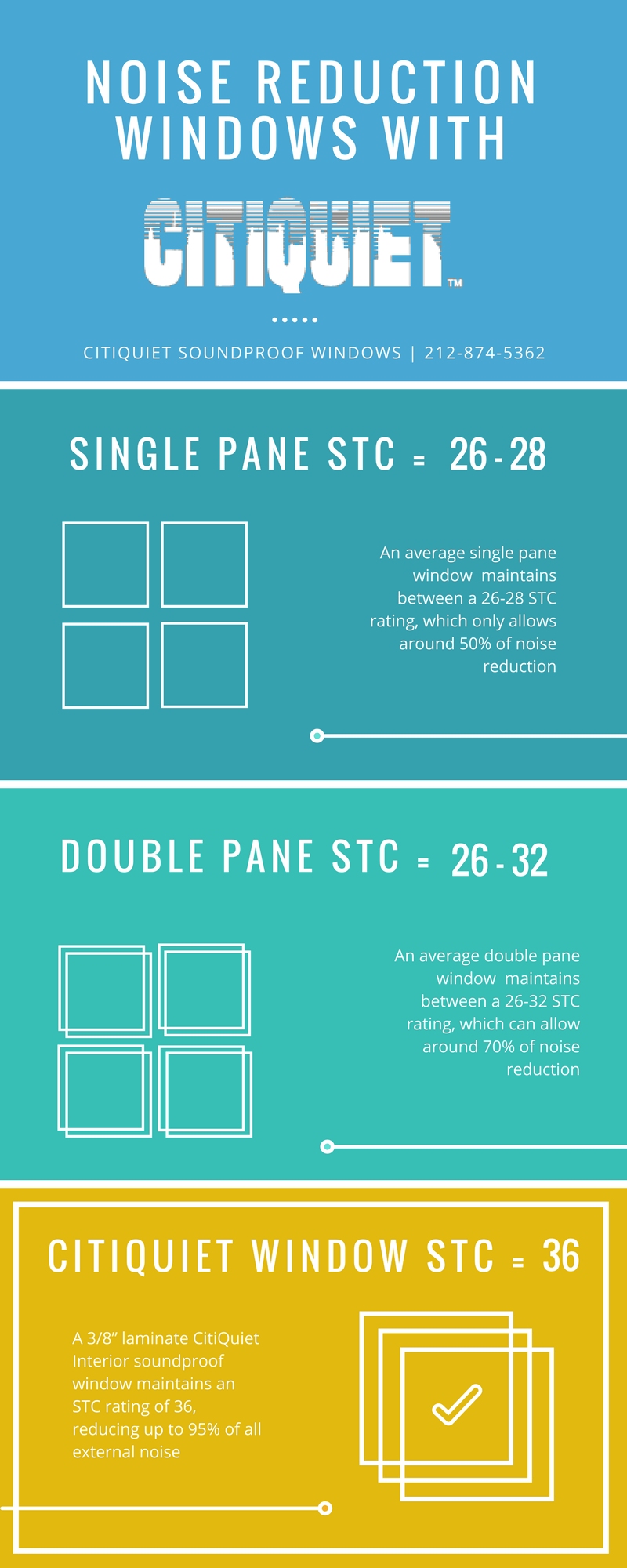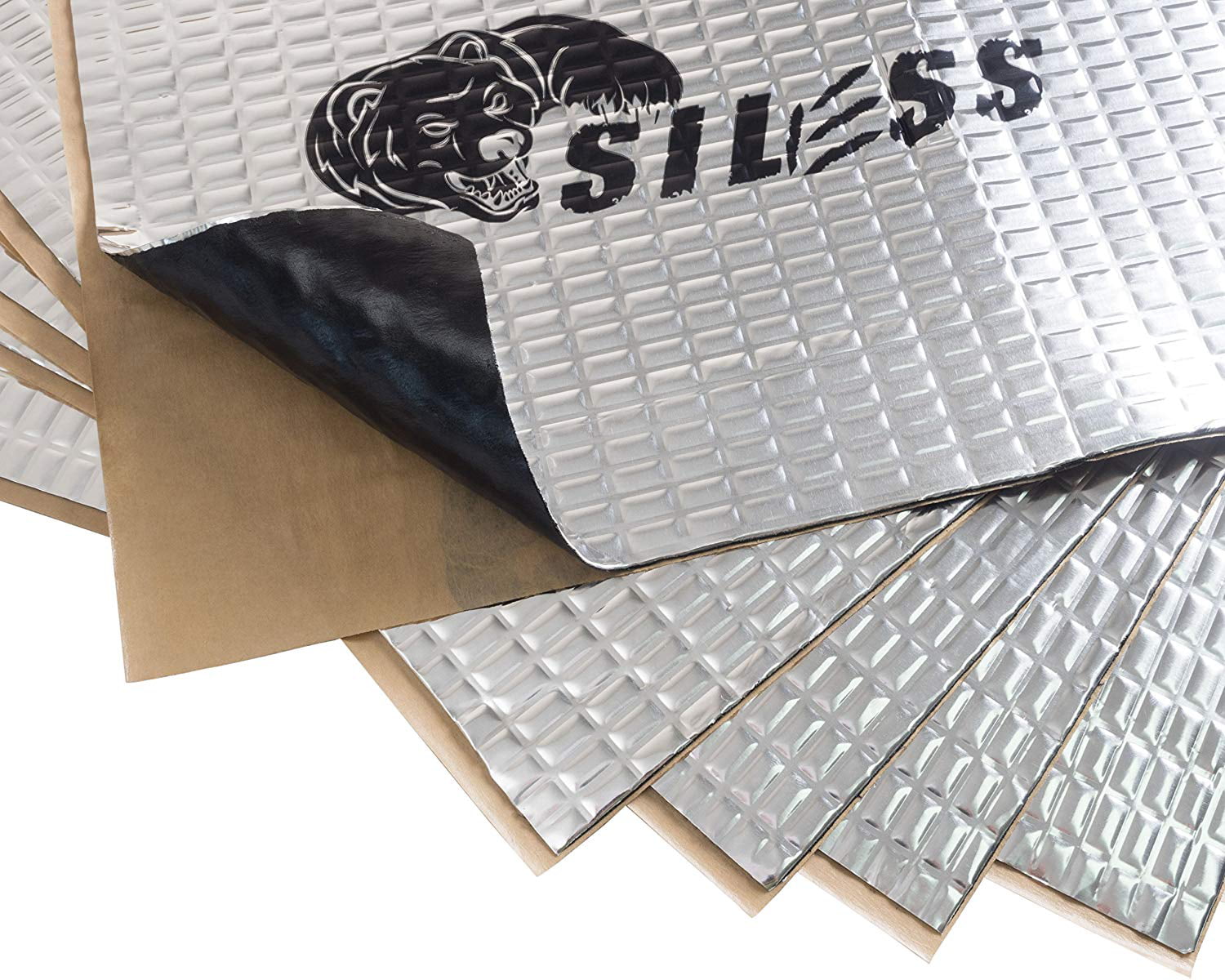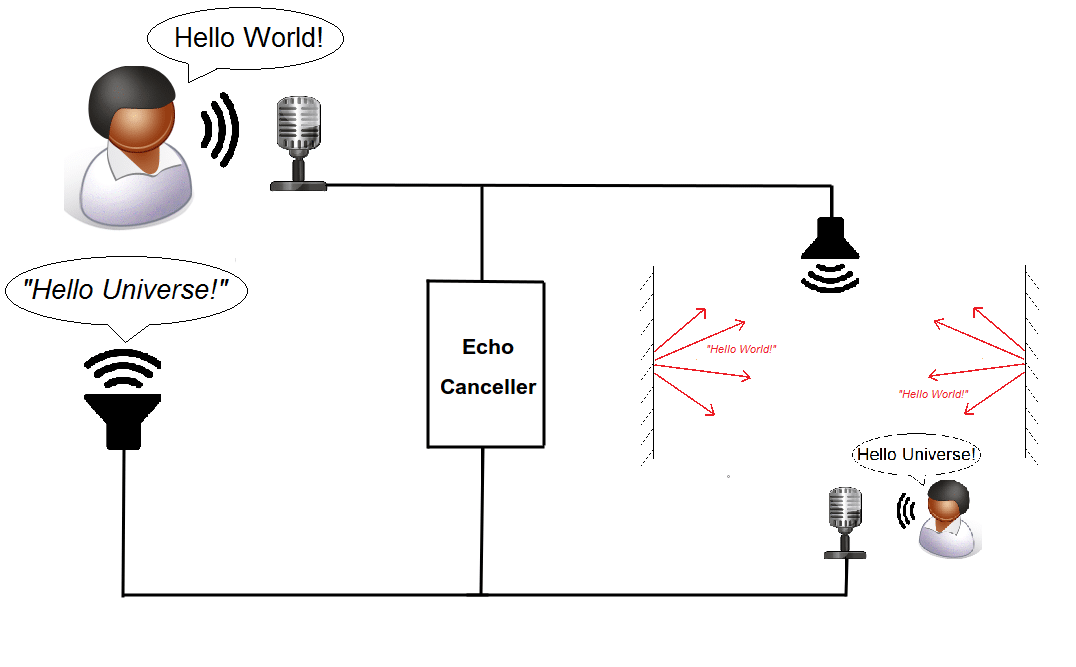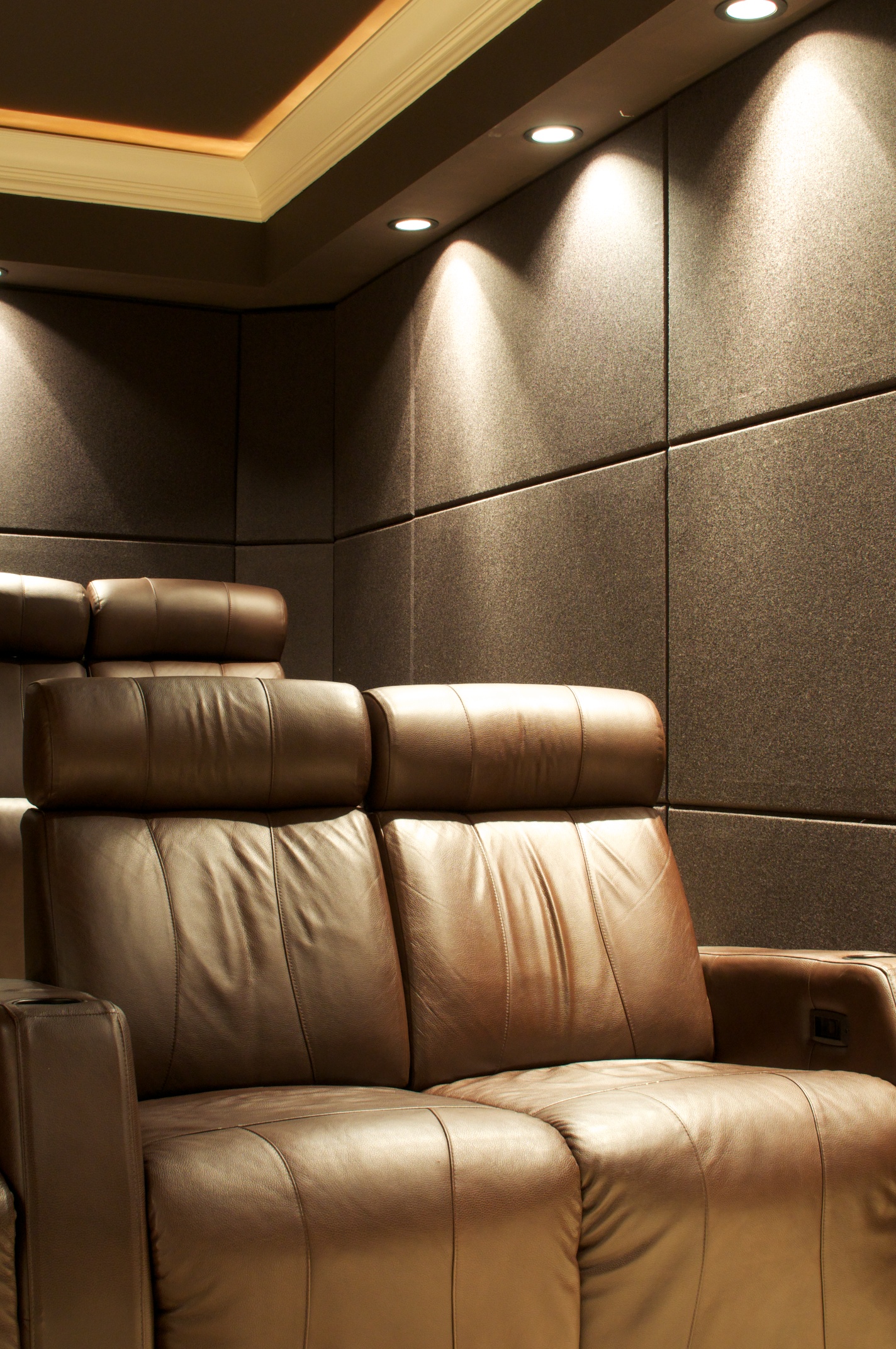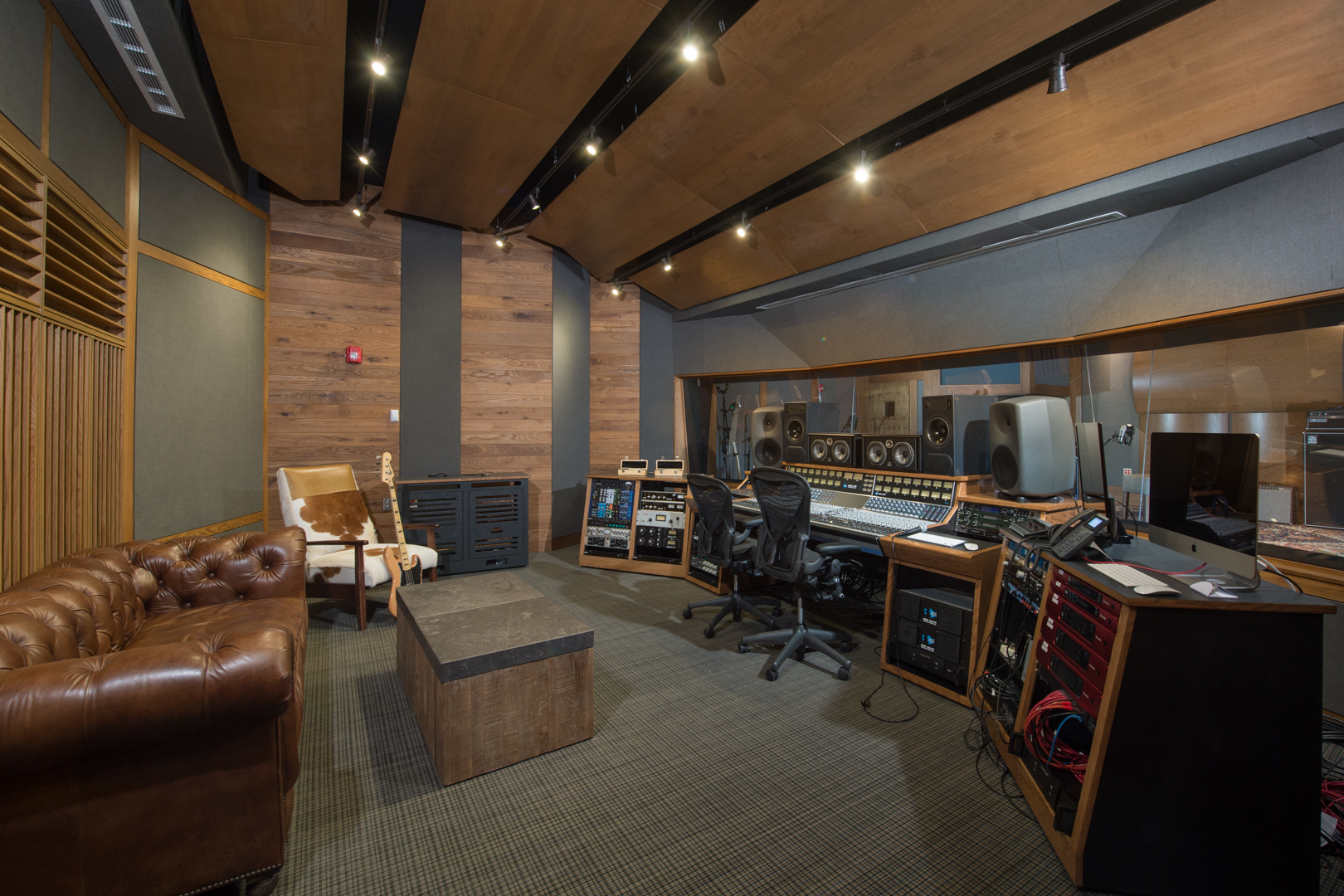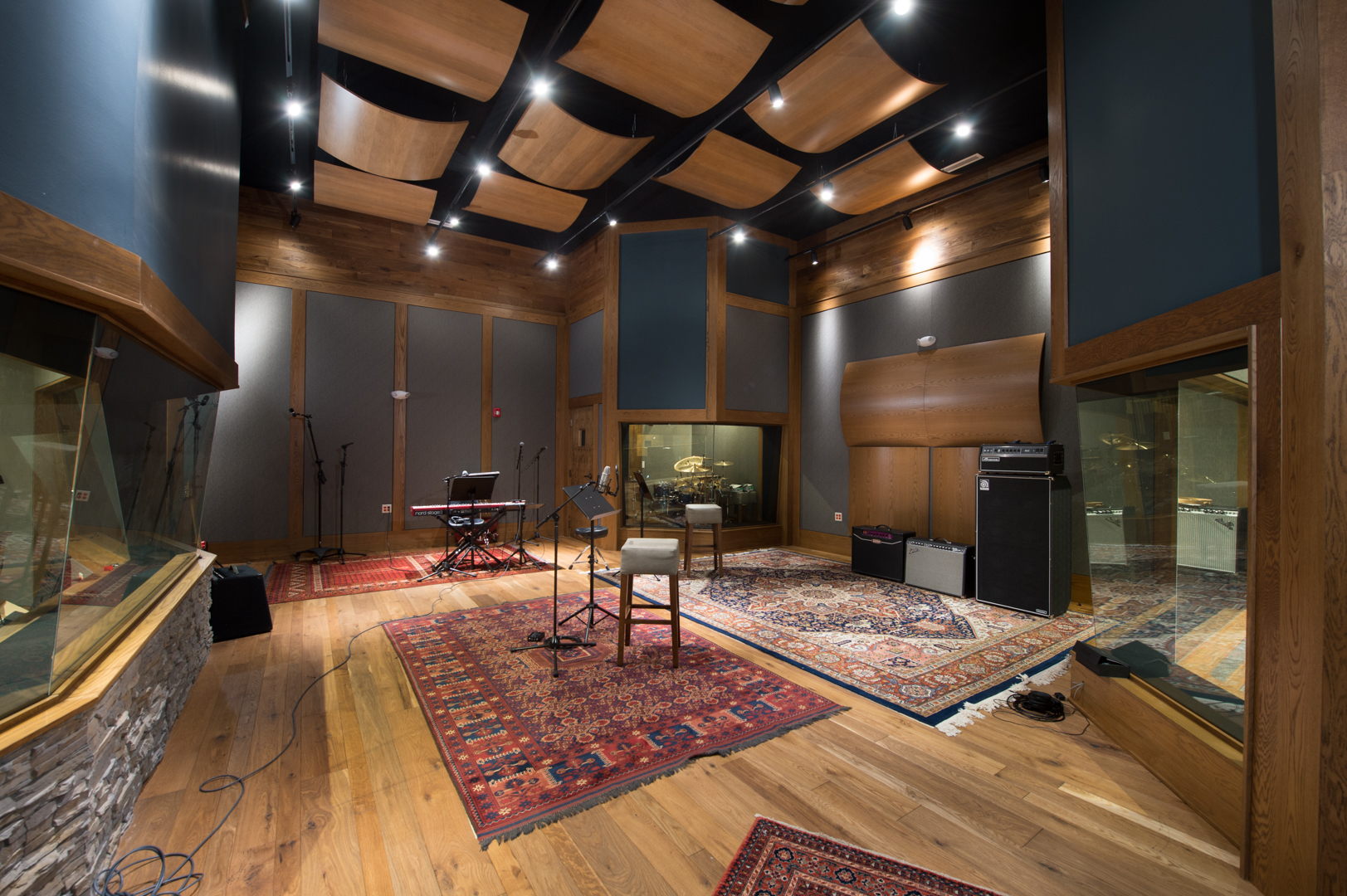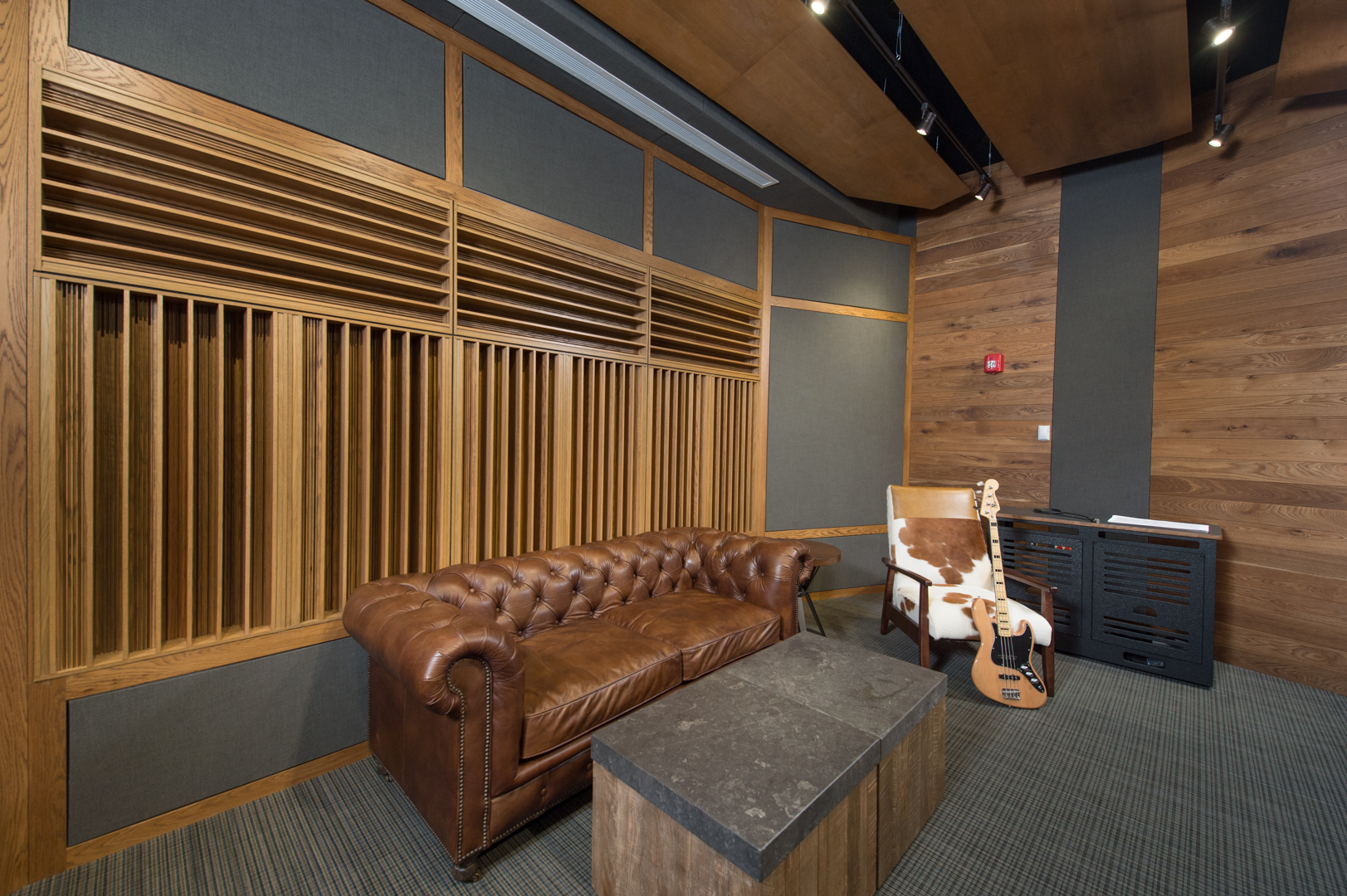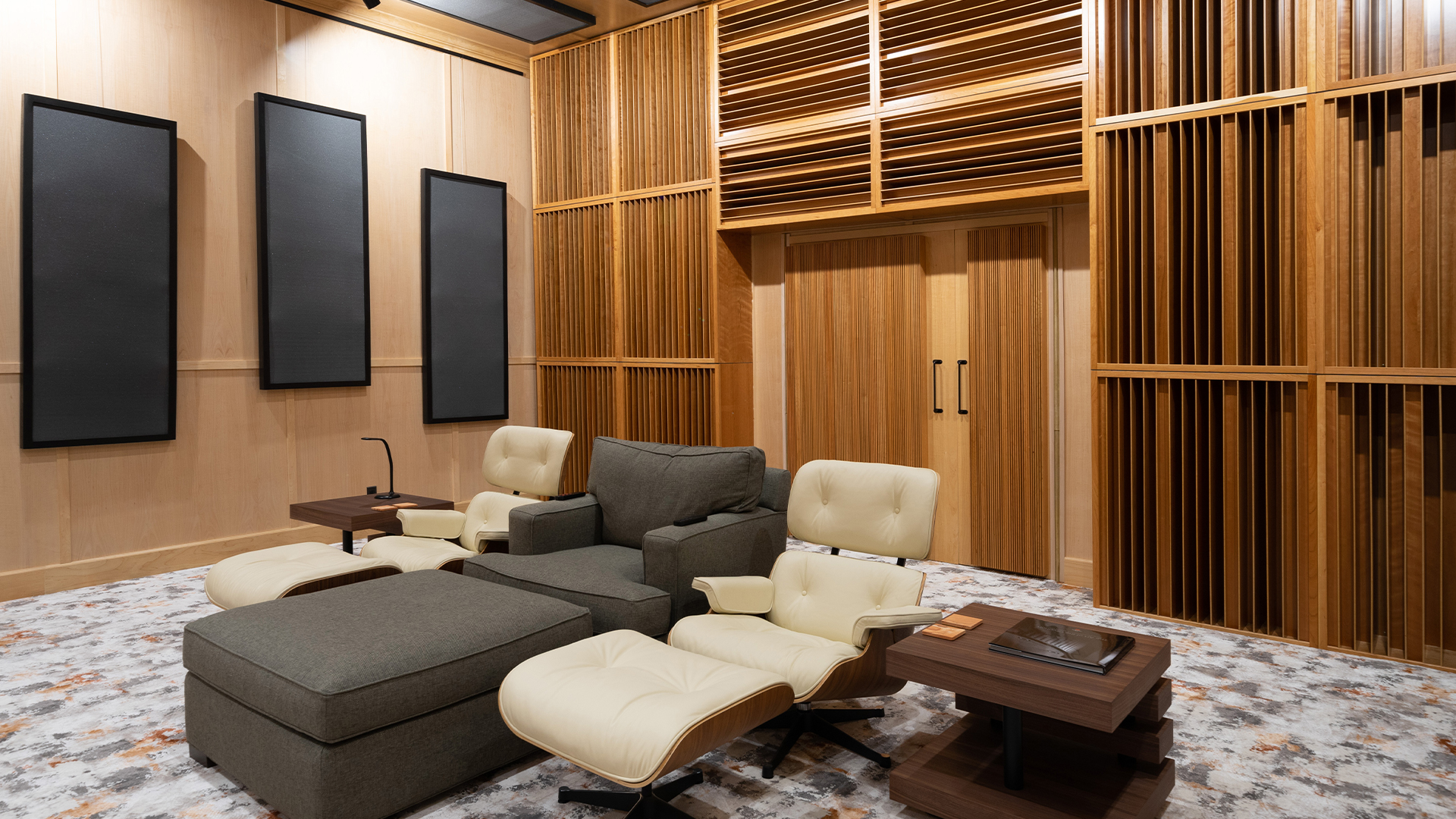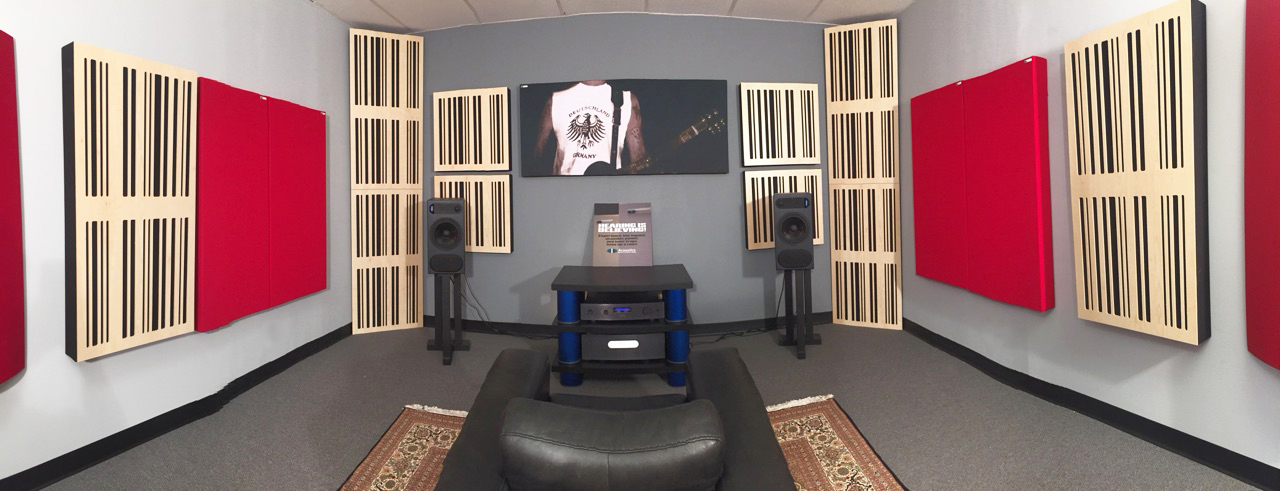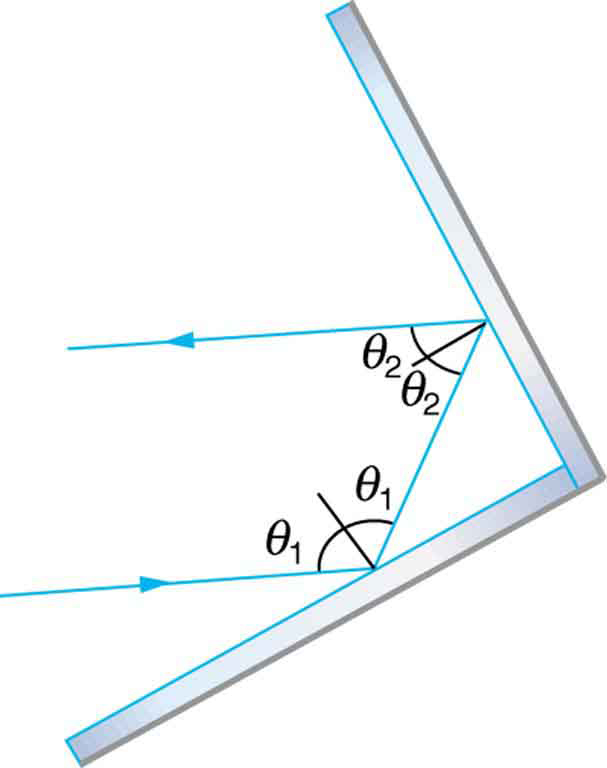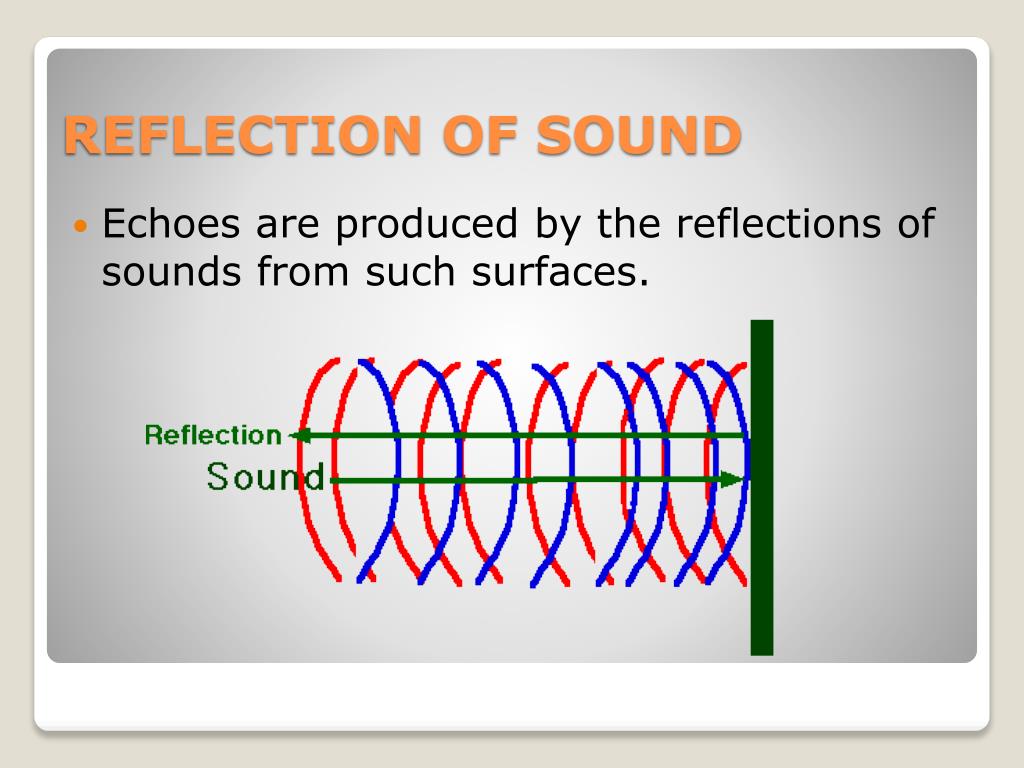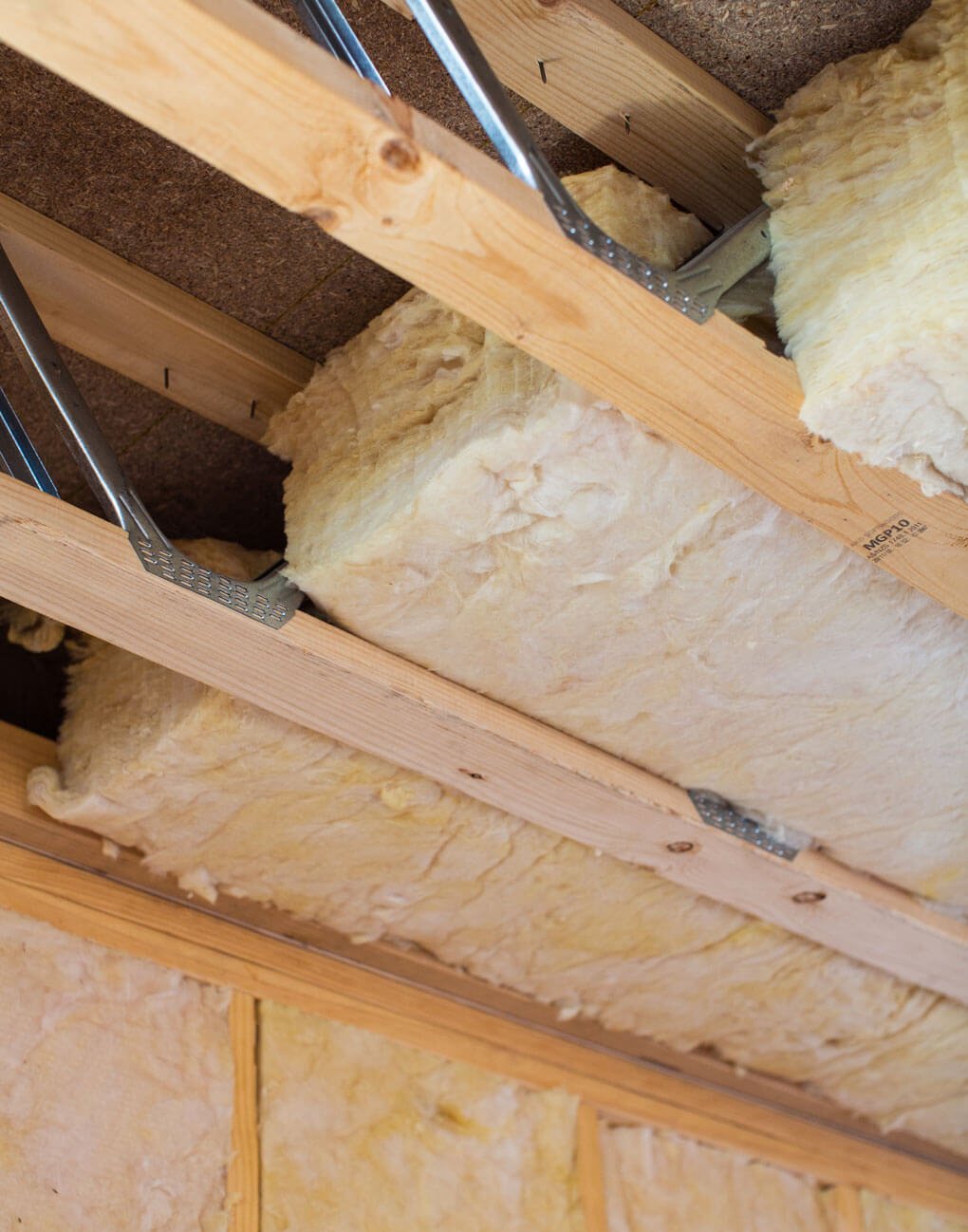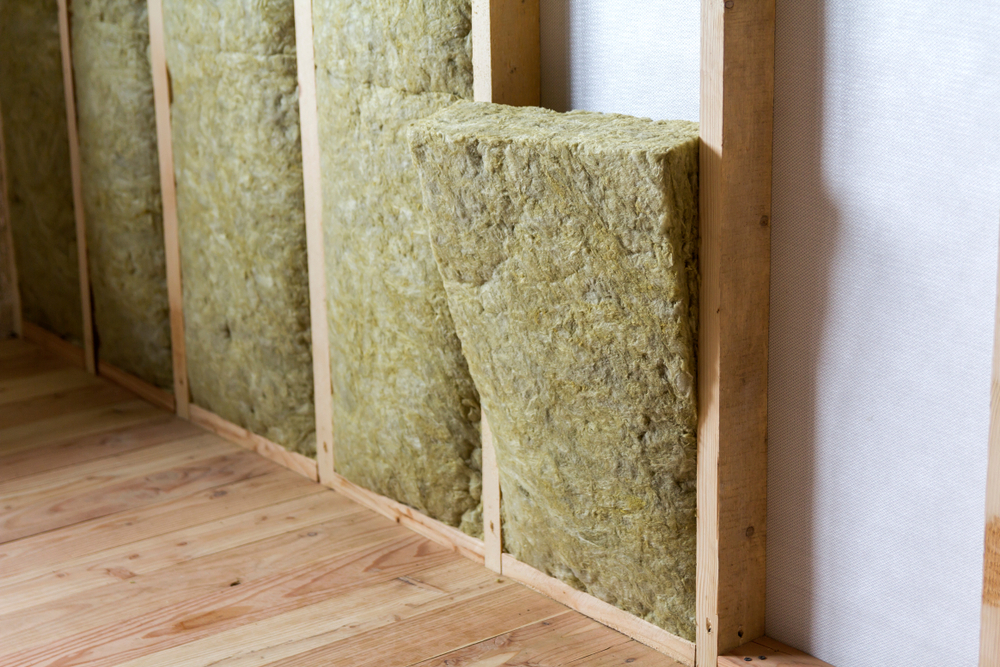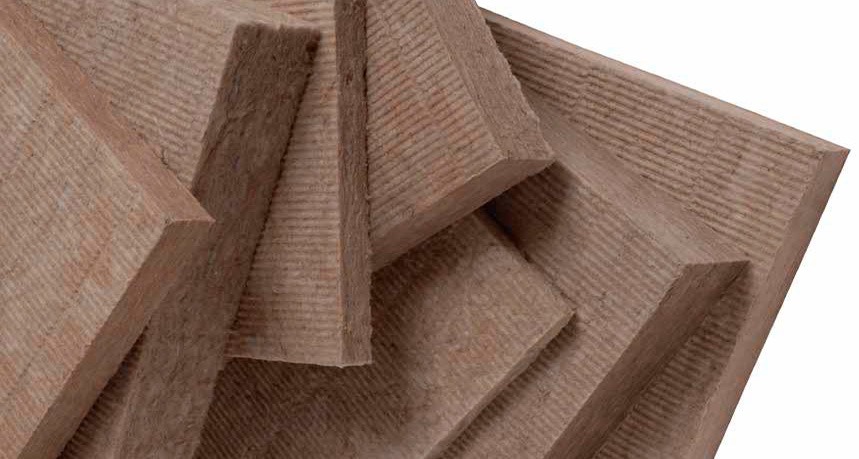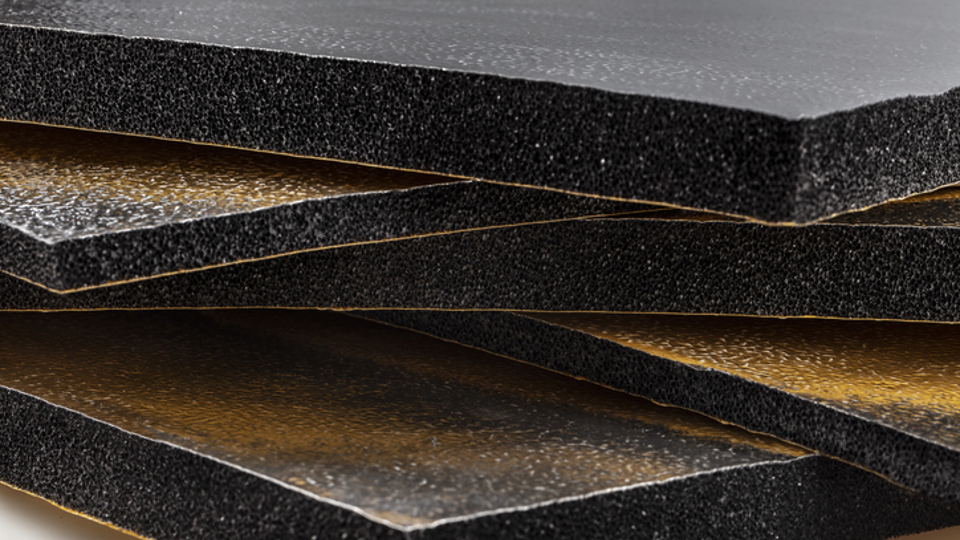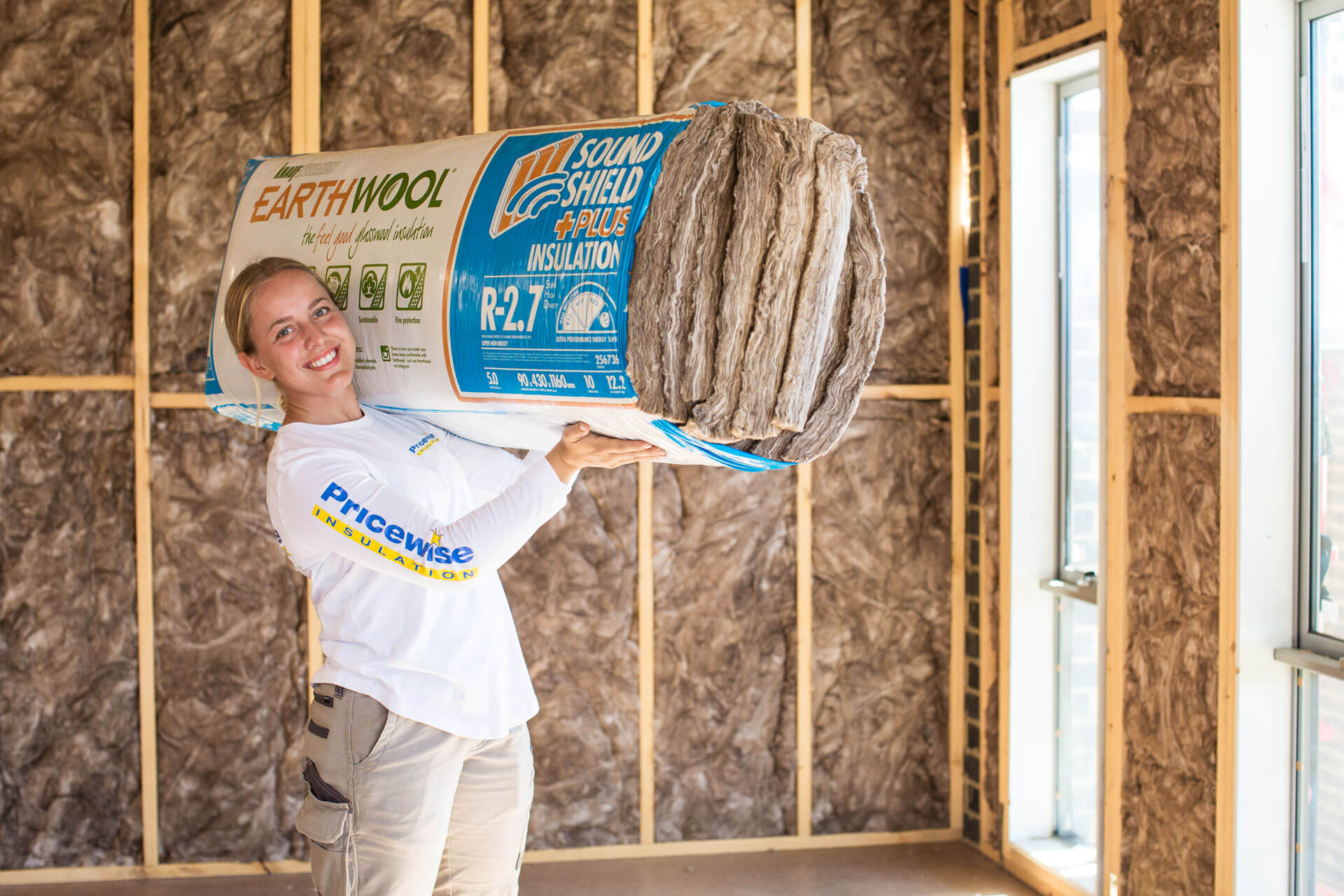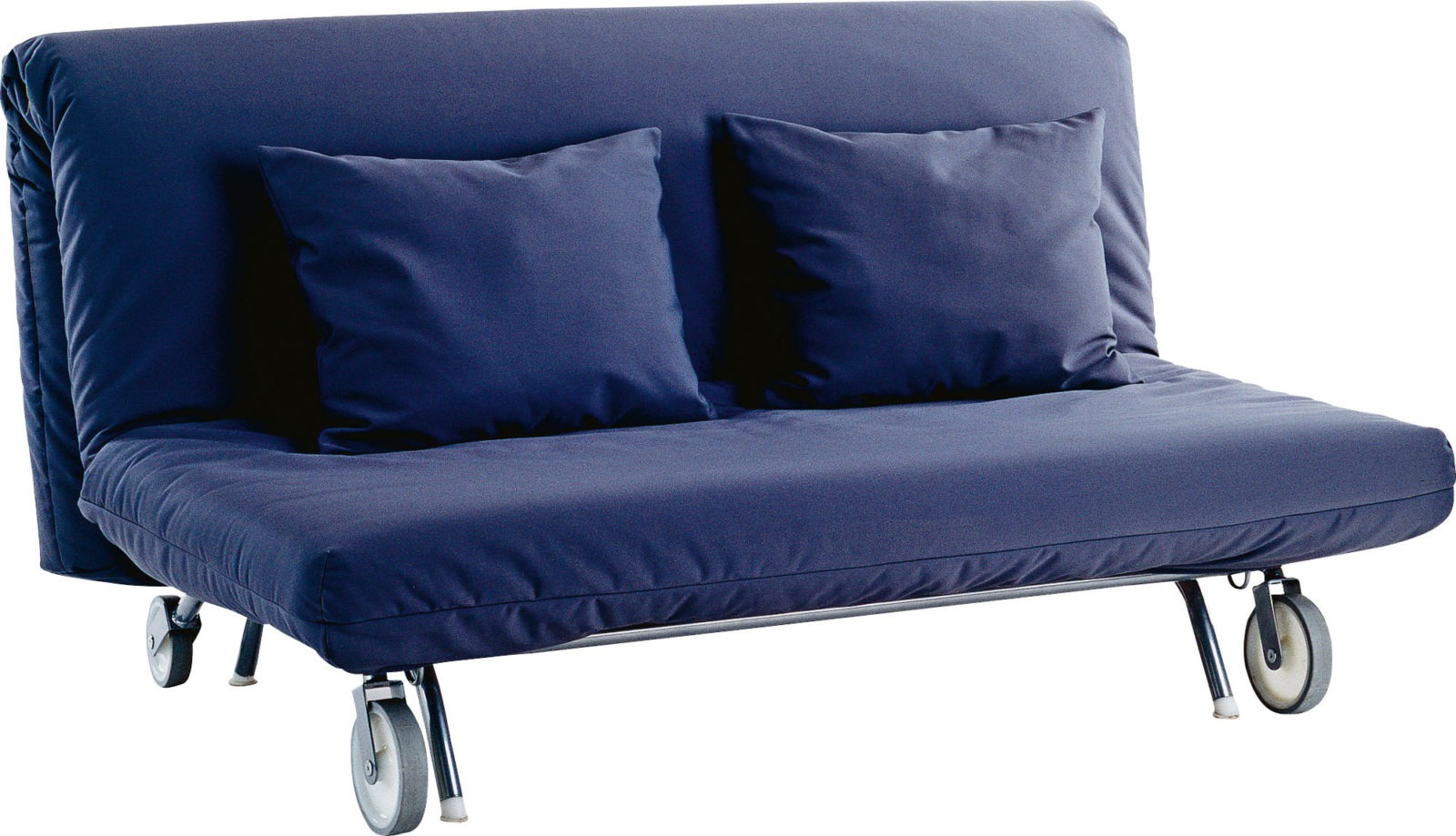Are you tired of the constant echo in your living room? Do you struggle to hear conversations or enjoy your favorite music or movies due to the overwhelming sound reflections? Look no further than acoustic panels to help reduce echo in your living room. Acoustic panels are specially designed to absorb sound waves and reduce echo in a room. These panels come in a variety of shapes, sizes, and materials, making them a versatile solution for any living room. Place them strategically on your walls, ceiling, or even as freestanding panels to achieve the perfect balance of sound in your space. Not only do they improve the acoustics of your living room, but they also add a touch of style and personality. With customizable options, you can choose from a range of colors, patterns, and textures to complement your existing decor. Acoustic Panels
If you're looking for a more permanent solution to reduce echo in your living room, soundproofing is the way to go. Soundproofing involves adding materials to your walls, floors, and ceilings to block out sound from entering or leaving the room. One of the most effective ways to soundproof a living room is by using soundproofing insulation. This specialized insulation is made with dense materials that absorb sound and prevent it from traveling through the walls. It not only reduces echo but also helps in reducing outside noise, creating a more peaceful and quiet living space. Another popular way to soundproof a living room is by adding mass-loaded vinyl to the walls. This thick, rubber-like material acts as a barrier, blocking sound waves from passing through. It's easy to install and can be painted over to match your walls, making it a discreet and effective solution. Soundproofing
Acoustic treatment involves using a combination of sound-absorbing and sound-dampening materials to improve the overall sound quality in a room. It's a great way to reduce echo and create a more balanced and pleasing sound in your living room. One of the key components of acoustic treatment is using bass traps. These are specially designed panels that absorb low-frequency sound waves, which are often the culprit for creating a boomy, echoey sound in a room. Place them in the corners of your living room to effectively reduce echo and improve sound quality. Another essential element of acoustic treatment is diffusers. These panels scatter sound waves, preventing them from bouncing off walls and creating echo. They also help in creating a more natural and even sound in your living room. Diffusers come in a variety of designs and can add a unique visual element to your living room. Acoustic Treatment
Sound absorption is a crucial factor in reducing echo in a living room. It involves using materials that absorb sound waves, preventing them from bouncing off surfaces and creating echo. The key to effective sound absorption is using a variety of materials with different densities and thicknesses. One of the most common materials used for sound absorption is acoustic foam. This foam is specifically designed to absorb sound waves and reduce echo in a room. It's lightweight, easy to install, and comes in a range of colors and designs, making it a popular choice for living rooms. Another effective sound-absorbing material is fabric. By hanging thick curtains or drapes on your walls, you can significantly reduce echo in your living room. Not only does it add a touch of warmth and texture to your space, but it also helps in creating a more intimate and comfortable atmosphere. Sound Absorption
Noise reduction is a comprehensive approach to reducing unwanted sound in a living room. It involves a combination of soundproofing, acoustic treatment, and sound absorption to achieve the desired result. By using a combination of these techniques, you can effectively reduce echo and create a more peaceful and enjoyable living room. One of the most important steps in noise reduction is identifying the source of the noise. Whether it's outside traffic or noise from neighboring apartments, pinpointing the source can help in determining the best solution. Once you've identified the source, you can then implement soundproofing techniques, such as adding insulation or mass-loaded vinyl, to block out the noise. Follow it up with acoustic treatment and sound absorption to create a well-balanced and comfortable living room. Noise Reduction
Sound dampening is another effective way to reduce echo in your living room. It involves using materials that absorb sound and prevent it from reflecting off surfaces. By reducing the amount of sound bouncing around in a room, you can effectively reduce echo and improve sound quality. One of the most common materials used for sound dampening is carpet. By adding a thick, plush carpet to your living room, you can significantly reduce echo and create a more comfortable and inviting space. The carpet acts as a sound absorber, preventing sound waves from bouncing off hard surfaces such as floors. Another effective way to dampen sound is by using furniture and decor. Placing upholstered furniture, such as sofas and armchairs, in your living room can help in absorbing sound and reducing echo. You can also add decorative elements, such as cushions and rugs, to further dampen sound and add a touch of style to your living room. Sound Dampening
Echo reduction is the ultimate goal when trying to improve the acoustics of your living room. By implementing a combination of soundproofing, acoustic treatment, and sound absorption techniques, you can effectively reduce echo and create a more balanced and pleasant sound in your space. One of the most effective ways to reduce echo is by using a combination of sound-absorbing and sound-dampening materials. By strategically placing acoustic panels, diffusers, bass traps, and other sound-absorbing materials, you can effectively reduce the amount of sound bouncing around in your living room. Additionally, using sound-dampening materials, such as carpet, furniture, and decor, can further help in reducing echo and creating a more comfortable and enjoyable living room. Echo Reduction
Understanding the basics of room acoustics is crucial when trying to reduce echo in your living room. Room acoustics refer to how sound behaves in a particular space. By understanding how sound travels and bounces around in a room, you can effectively implement solutions to improve the acoustics of your living room. One important factor to consider is the size and shape of your living room. Large, open spaces with high ceilings are more prone to echo, while smaller, more compact rooms tend to have less echo. By using sound-absorbing and sound-dampening materials, you can effectively combat the echo in a large living room and create a more intimate and comfortable atmosphere. Room Acoustics
Sound reflection is another important aspect to consider when trying to reduce echo in your living room. Sound waves reflect off hard surfaces, creating echo and making it difficult to achieve a balanced and pleasant sound in a room. One way to combat sound reflection is by adding soft, textured materials to your living room. This can include curtains, rugs, cushions, and upholstered furniture. These materials help in absorbing sound and preventing it from bouncing off hard surfaces, reducing echo and creating a more comfortable and cozy living room. Sound Reflection
Acoustic insulation is an essential component of reducing echo in your living room. It involves using materials that prevent sound from traveling through walls, floors, and ceilings. By effectively insulating your living room, you can significantly reduce echo and create a more peaceful and quiet space. One of the most popular materials used for acoustic insulation is mineral wool. This dense, fibrous material is highly effective in absorbing sound and preventing it from traveling through walls. It's also fire-resistant and can help in reducing outside noise, making it a practical and efficient solution for reducing echo in your living room. Acoustic Insulation
Why Reducing Echo in Your Living Room is Essential for a Well-Designed Home

What is Echo and Why Does it Matter?
 Have you ever walked into a room and noticed an unpleasant ringing or reverberation in the space? That is known as an echo. It occurs when sound waves bounce off hard surfaces and create overlapping sound waves, resulting in a distorted and prolonged noise. While a little bit of echo can add dimension and character to a room, excessive echo can be incredibly disruptive and make it difficult to have a conversation, watch TV, or simply relax in your living room. This is why reducing echo in your living room is crucial for creating a well-designed and functional home.
Have you ever walked into a room and noticed an unpleasant ringing or reverberation in the space? That is known as an echo. It occurs when sound waves bounce off hard surfaces and create overlapping sound waves, resulting in a distorted and prolonged noise. While a little bit of echo can add dimension and character to a room, excessive echo can be incredibly disruptive and make it difficult to have a conversation, watch TV, or simply relax in your living room. This is why reducing echo in your living room is crucial for creating a well-designed and functional home.
The Negative Effects of Excess Echo
 Excessive echo can have a negative impact on the overall ambiance and acoustics of your living room. It can make the space feel harsh and uninviting, and can even cause headaches and feelings of discomfort. This is especially problematic if you use your living room as a space for entertaining guests or as a place to unwind after a long day. Additionally, too much echo can make it difficult to understand and hear conversations or the dialogue in your favorite TV shows and movies. This not only takes away from the enjoyment of your living room, but it can also be a safety hazard if you can't hear important sounds, such as a smoke alarm.
Excessive echo can have a negative impact on the overall ambiance and acoustics of your living room. It can make the space feel harsh and uninviting, and can even cause headaches and feelings of discomfort. This is especially problematic if you use your living room as a space for entertaining guests or as a place to unwind after a long day. Additionally, too much echo can make it difficult to understand and hear conversations or the dialogue in your favorite TV shows and movies. This not only takes away from the enjoyment of your living room, but it can also be a safety hazard if you can't hear important sounds, such as a smoke alarm.
How to Reduce Echo in Your Living Room
 The good news is that there are several easy and effective ways to reduce echo in your living room. One of the most effective methods is to add soft furnishings, such as rugs, curtains, and cushions, to absorb sound waves and prevent them from bouncing around the room. You can also strategically place bookshelves, plants, and other decorative items around the room to break up hard surfaces and absorb sound. If you have large windows or bare walls, consider adding acoustic panels or sound-absorbing wallpaper to further reduce echo. Additionally, choosing the right furniture, such as upholstered sofas and chairs, can also help to absorb sound and minimize echo in your living room.
The good news is that there are several easy and effective ways to reduce echo in your living room. One of the most effective methods is to add soft furnishings, such as rugs, curtains, and cushions, to absorb sound waves and prevent them from bouncing around the room. You can also strategically place bookshelves, plants, and other decorative items around the room to break up hard surfaces and absorb sound. If you have large windows or bare walls, consider adding acoustic panels or sound-absorbing wallpaper to further reduce echo. Additionally, choosing the right furniture, such as upholstered sofas and chairs, can also help to absorb sound and minimize echo in your living room.
The Benefits of a Well-Designed Living Room
 Reducing echo in your living room not only improves the acoustics and ambiance of the space, but it also has several other benefits. It can create a more comfortable and enjoyable environment for you and your guests, making your living room a more inviting and functional space. A well-designed living room can also add value to your home, as it shows attention to detail and a commitment to creating a comfortable and aesthetically pleasing living space.
In conclusion, reducing echo in your living room is an essential aspect of creating a well-designed home. By implementing these simple and effective methods, you can improve the acoustics, ambiance, and functionality of your living room, making it a more enjoyable and valuable space. Don't let excessive echo ruin the design and functionality of your living room – take action today and create a more comfortable and inviting living space for you and your loved ones.
Reducing echo in your living room not only improves the acoustics and ambiance of the space, but it also has several other benefits. It can create a more comfortable and enjoyable environment for you and your guests, making your living room a more inviting and functional space. A well-designed living room can also add value to your home, as it shows attention to detail and a commitment to creating a comfortable and aesthetically pleasing living space.
In conclusion, reducing echo in your living room is an essential aspect of creating a well-designed home. By implementing these simple and effective methods, you can improve the acoustics, ambiance, and functionality of your living room, making it a more enjoyable and valuable space. Don't let excessive echo ruin the design and functionality of your living room – take action today and create a more comfortable and inviting living space for you and your loved ones.



